An overnight stay at Salar de Uyuni is a dream come true for us. The great salt flat in Bolivia is one of the most peculiar places on the planet. The boundlessness of the surrounding whiteness, which does not melt in the sun, takes us to an unprecedented landscape, bewilders and unleashes creativity.
The mystery of the big hole
The very beginning of the journey towards the salt pan from the north provides us with interesting views. On the route from Estancia Condo across the Bolivian Altiplano, east of the Salar de Coipasa, we pass a sizeable hole partially filled with water. Our own imagination and a cursory search on the Internet point to a meteor impact crater. Only an in-depth reading about this place, called Jayu Quta, explains that today it is identified as a maar after volcanic activity, probably during the Holocene. A smaller maar, called Niq'i Quta is located 4 km southwest of Jayu Quta.
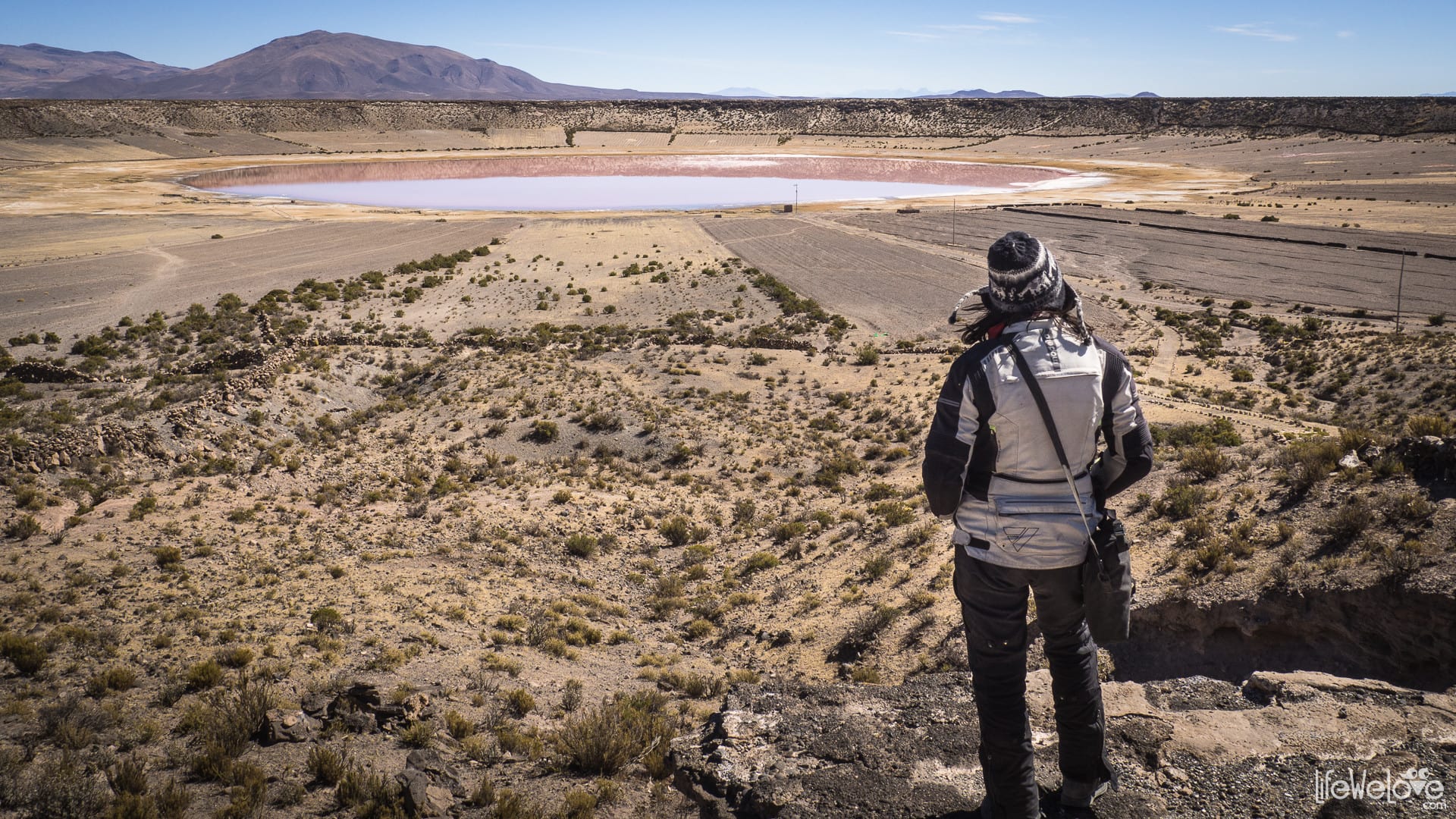
At the feet of the weeping goddess
The towns situated in the northern part of the salt pan, through which we pass, also have their own unique atmosphere. Walls and buildings are made of stone or blocks of salt. A herd of llamas can stroll through the middle of the town square, and the beautifully coloured, dormant Tunupa volcano towers over everything. It reaches 5 321 metres above sea level. Tunupa volcano is a sacred mountain for Aymarans. It immortalises a beautiful but saddened goddess of that name. Tunupa is said to have lived in a time when the gods left footprints as wide as lakes and their heads towered above the clouds. Various stories circulate about the goddess. One of them says that her beloved son was kidnapped. A milk flowing from her breasts combined with her tears and so the white salt lake was formed, today known as Salar de Tunupa and Salar de Uyuni.
Although reaching the top of the volcano involves a mountain climb, there are viewpoints that can be reached by suitable vehicle. One that is ready to cope with deep sand and steep driveway. Our Dakar is fortunately endowed with these qualities. Nevertheless, we were not spared from capsizing. One of the falls was so unfortunate that we punctured a canister with a supply of petrol.
However, we did manage to reach a mysterious cave on the side of the volcano, hiding mummies. These are the remains of a family from nearly a thousand years ago, in their original clothing. In the dark cave they are hidden from light and wind, which keeps them in better shape. They can only be viewed in the company of a local guide who uses a flashlight to present the skeletons.
Isla del Pescado, a drift on Fish Island
In an area of over 10,500 square kilometers of salt flat, located at an altitude of 3,653 m a. s. l., we see scattered islands covered with giant cacti. It is estimated that the cacti gain 1 cm in height per year. So it is easy to calculate that the 12-meter high ones are already over 1000 years old! These plants create unique gardens set on rocky hills.
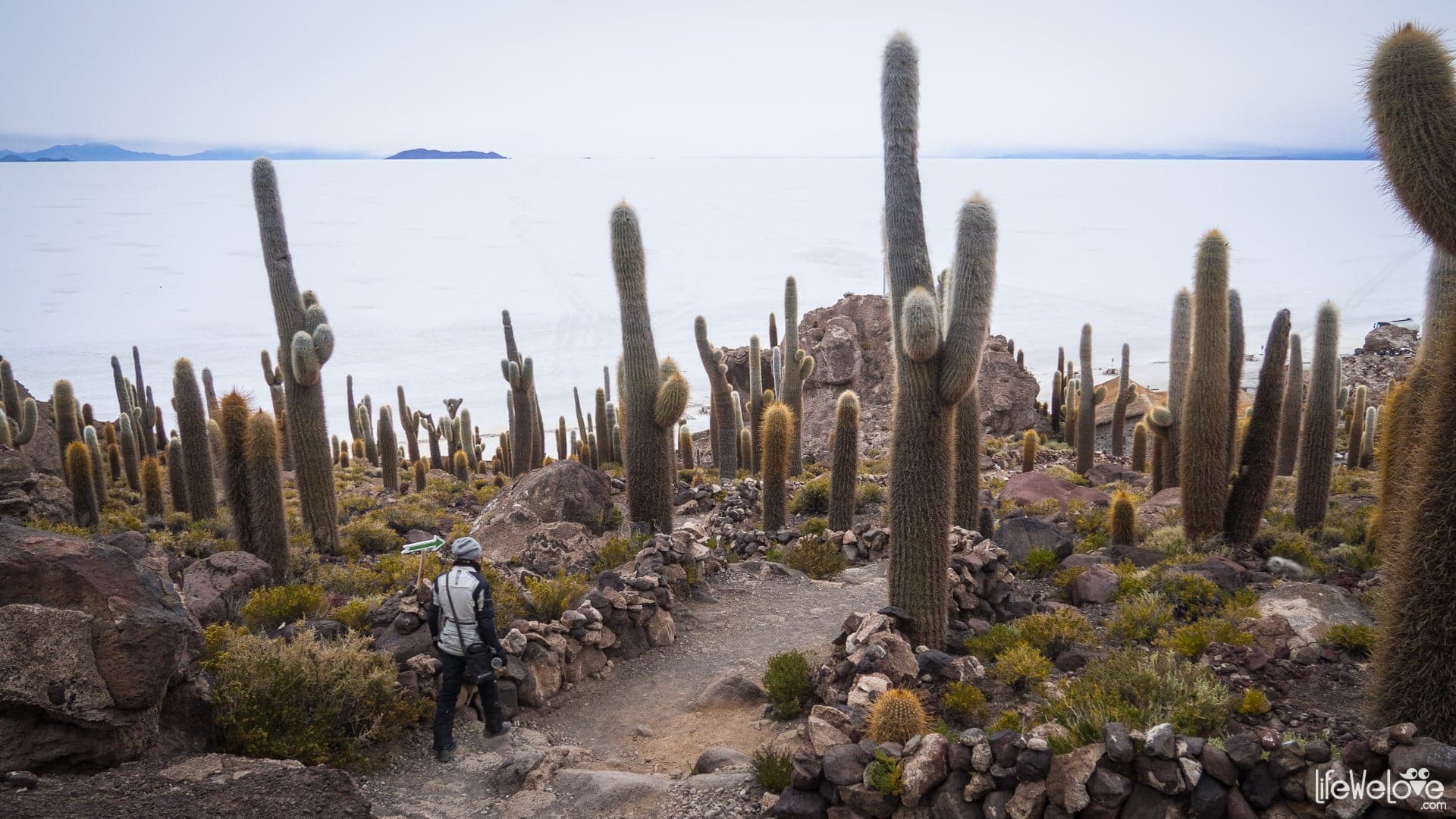
When we look from afar at Isla del Pescado, we see a fish. Hence the name, translated into English - "Fish Island". This is our destination for the June night. At this time of year the salt flat is dry enough for our "Meteor" to freely ride through the endless expanse of white.
The situation is quite different during the Bolivian summer, which lasts from December to March. This is the rainy season, which turns the surface of the salt pan into a shallow lake. What is above is reflected in the surface of the water, which acts like a mirror. The boundary between sky and ground blurs, making a phenomenal backdrop for photography.
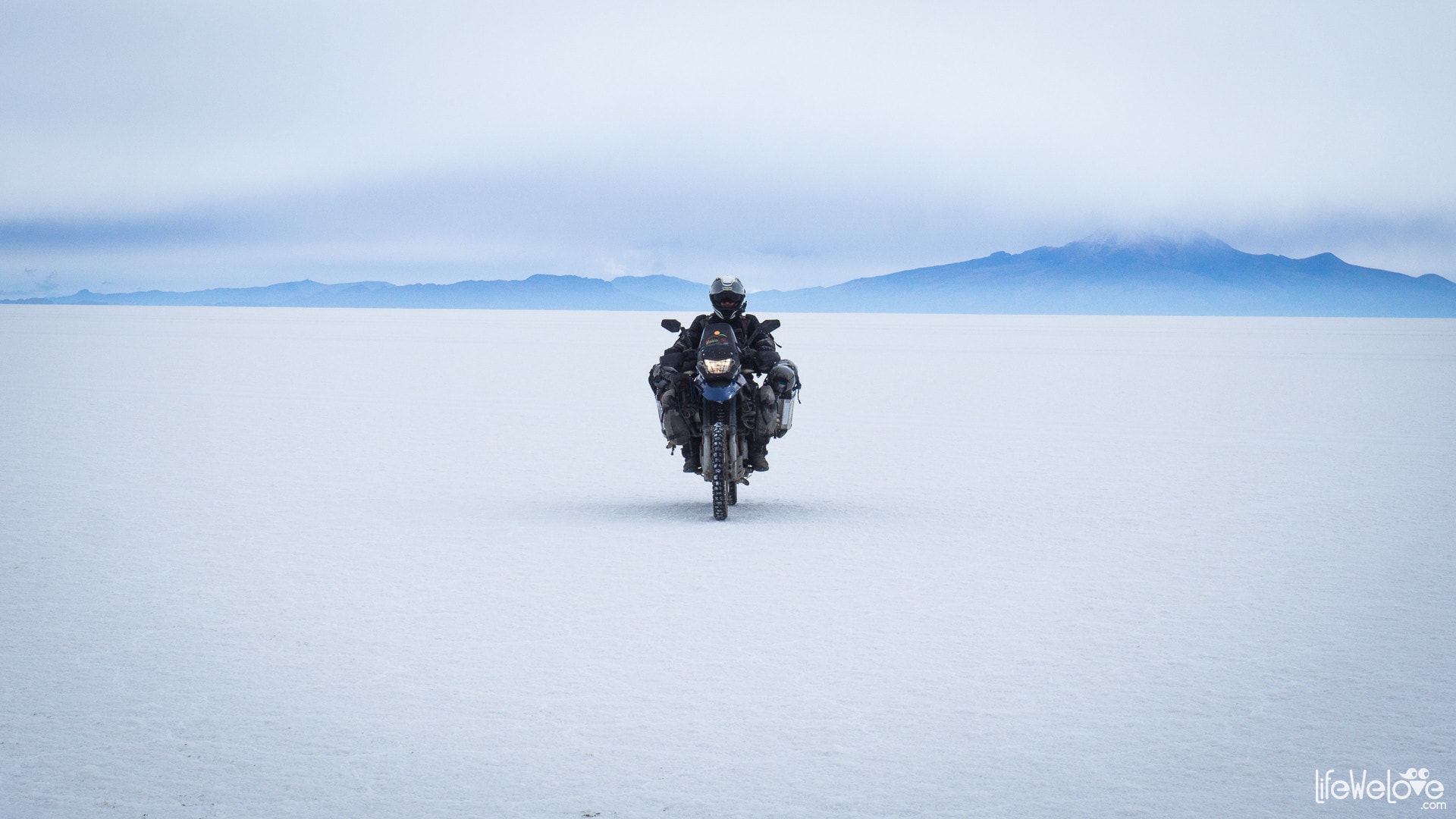
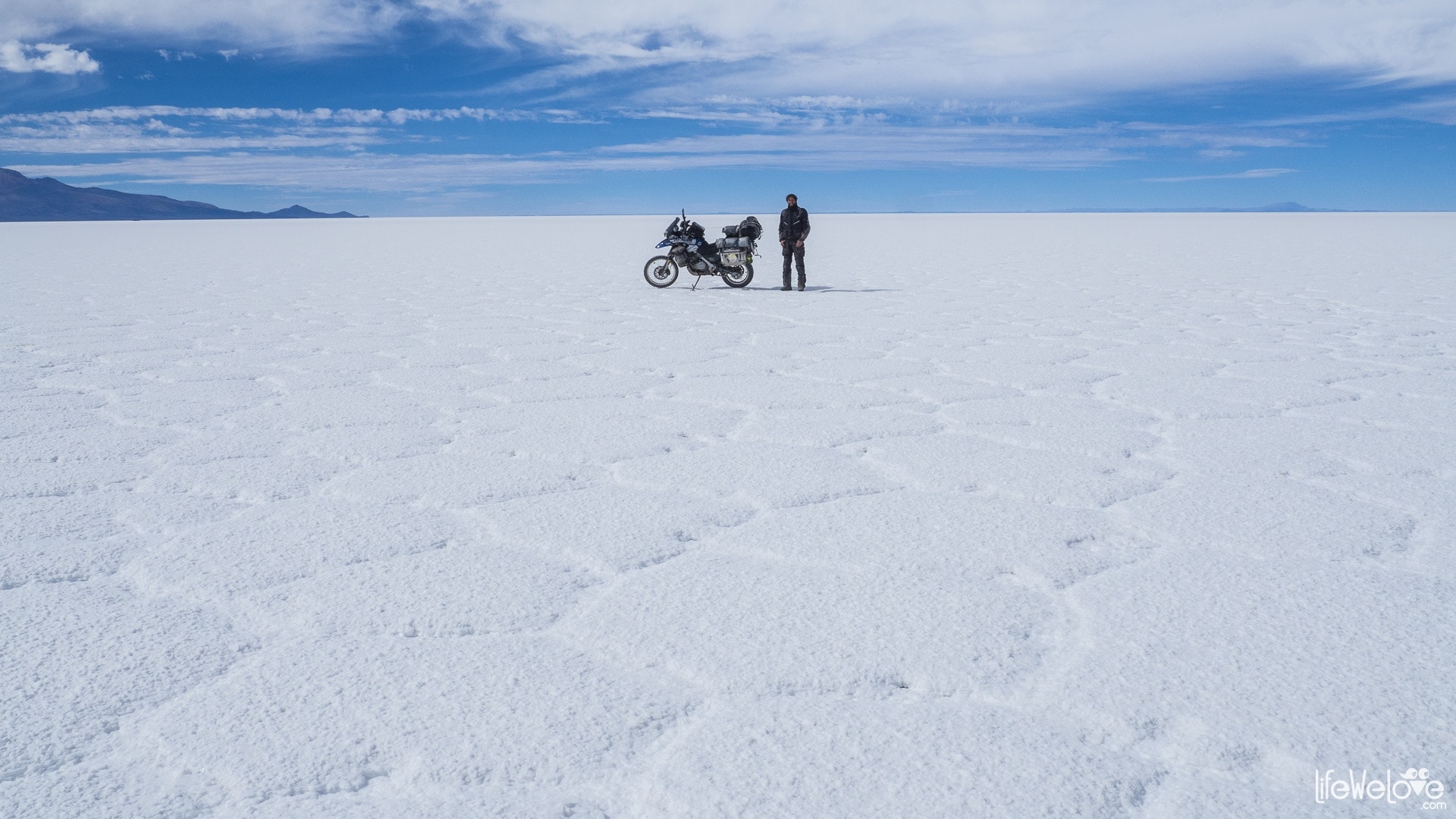
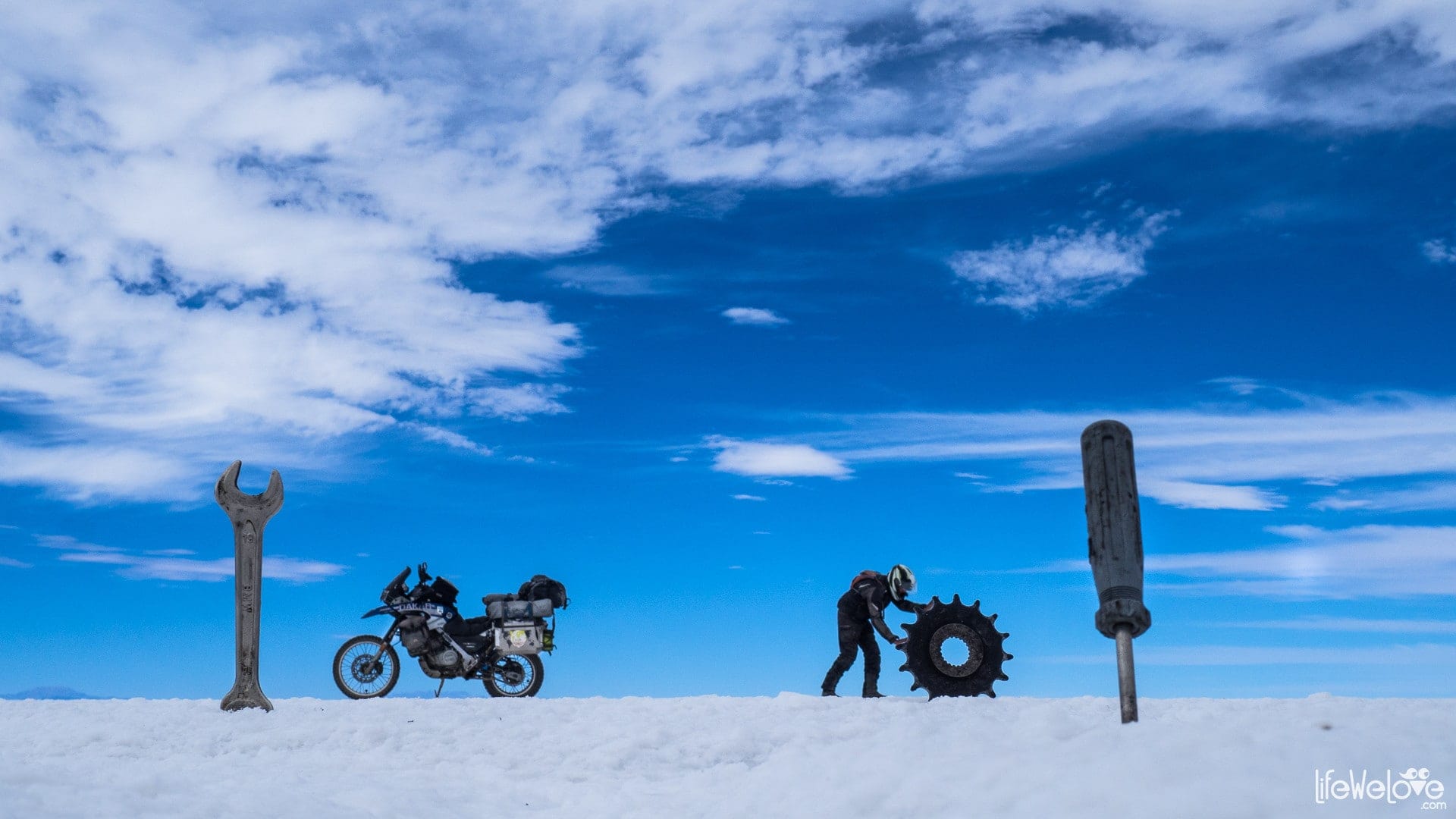
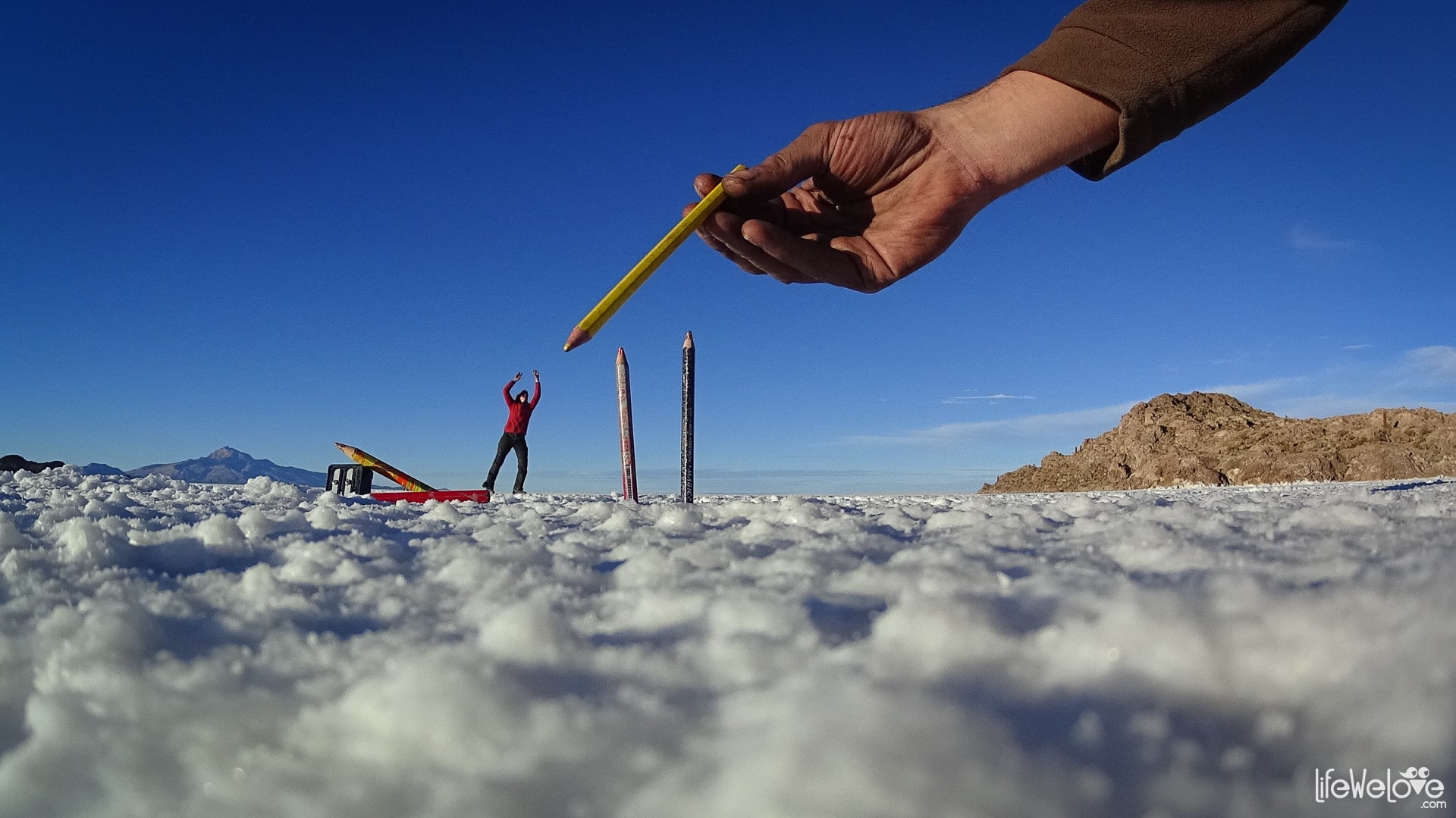
We are prepared: we take a supply of water, food and gasoline. Down sleeping bags, suitable for negative temperatures at night. In addition, spare bags, since we are aware that all generated waste we absolutely take with us. It is the wilderness unspoiled by civilization, the intricate work of nature that make this place uniquely beautiful.
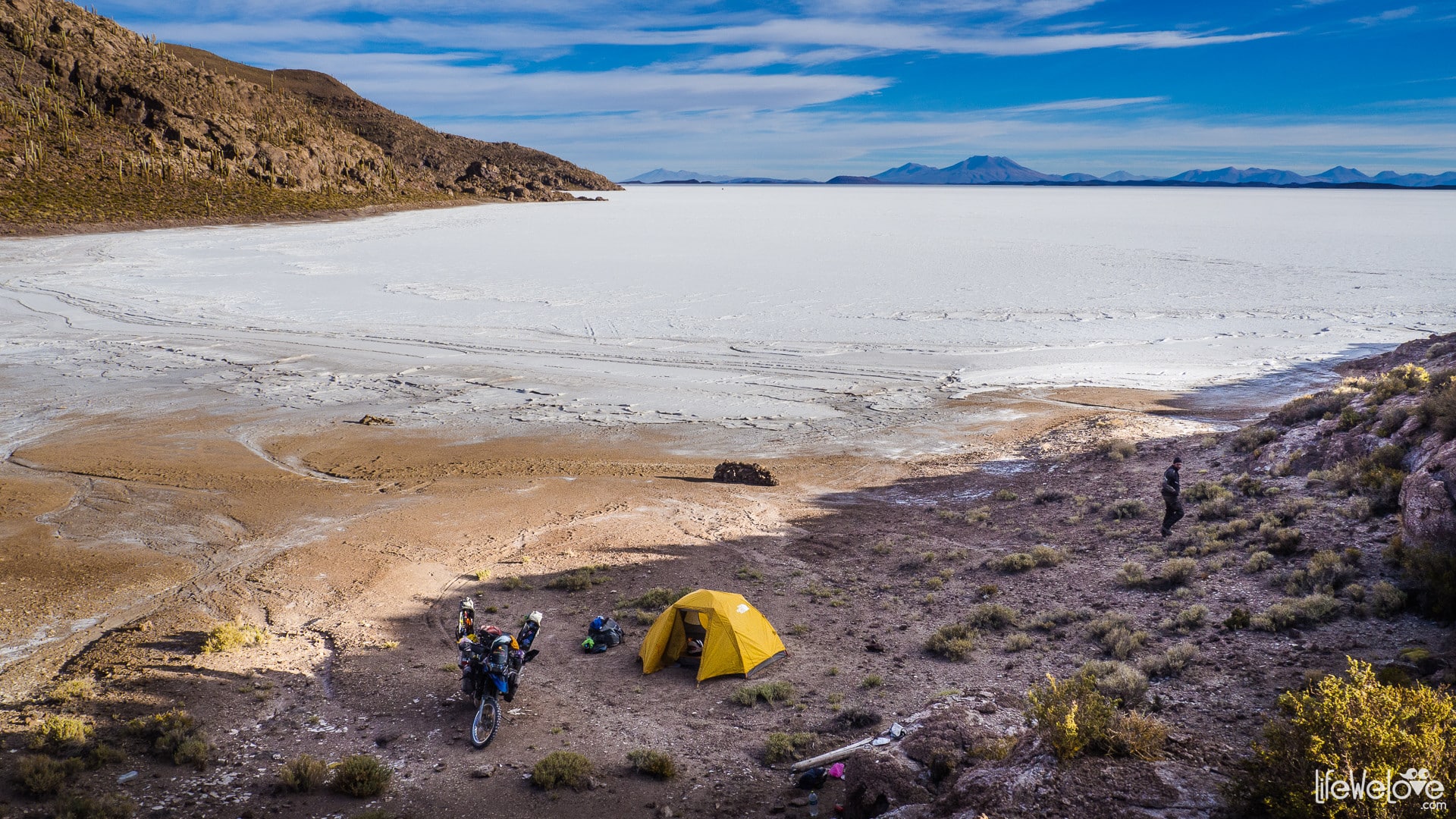
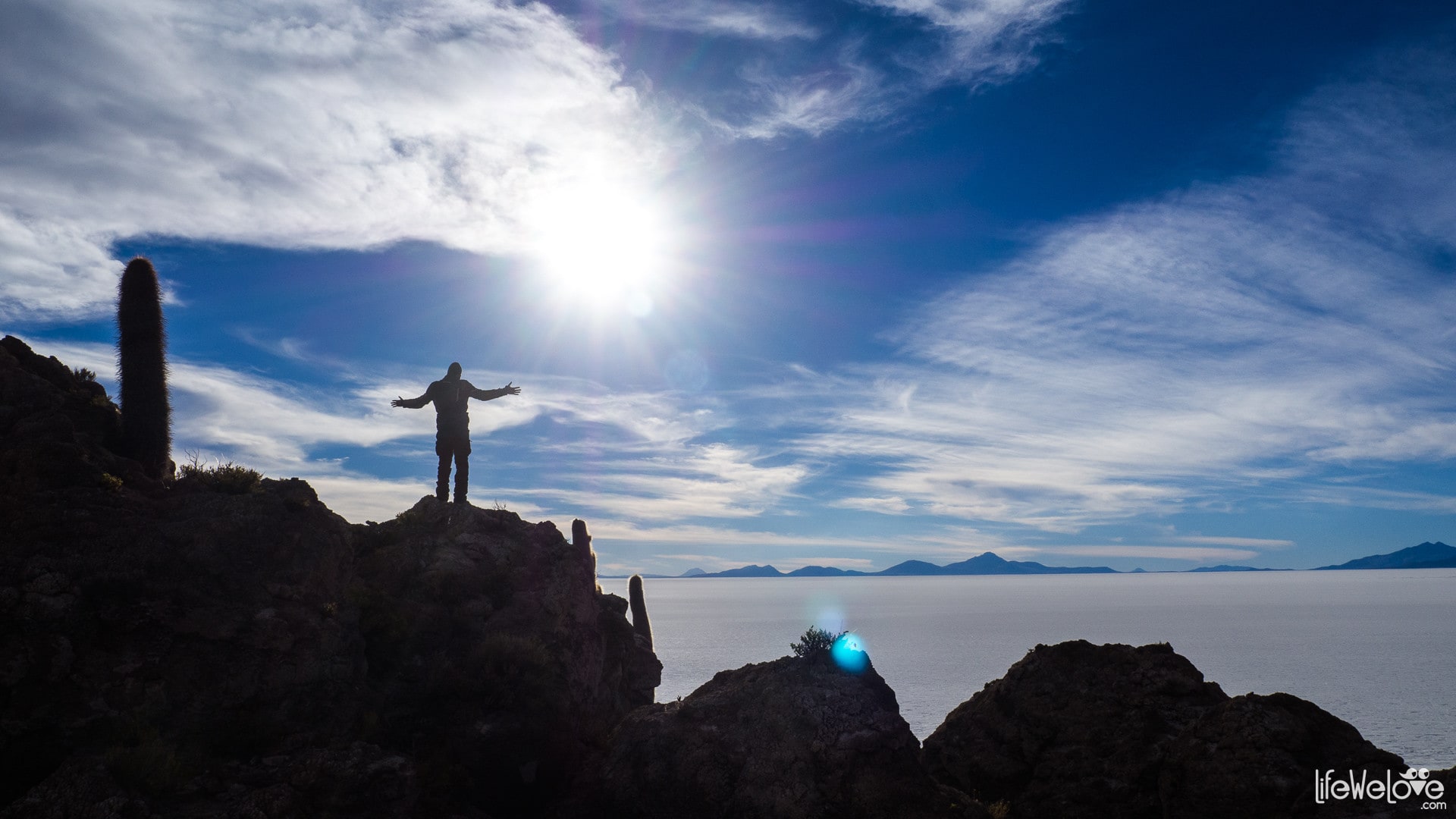
At sunset we climb to the ridge of the rocky island. Silence and a whole spectrum of colors surround us. We sit on the larger rocks and sipping hot tea we look at the landscape, thinking to ourselves "what a wonderful world".
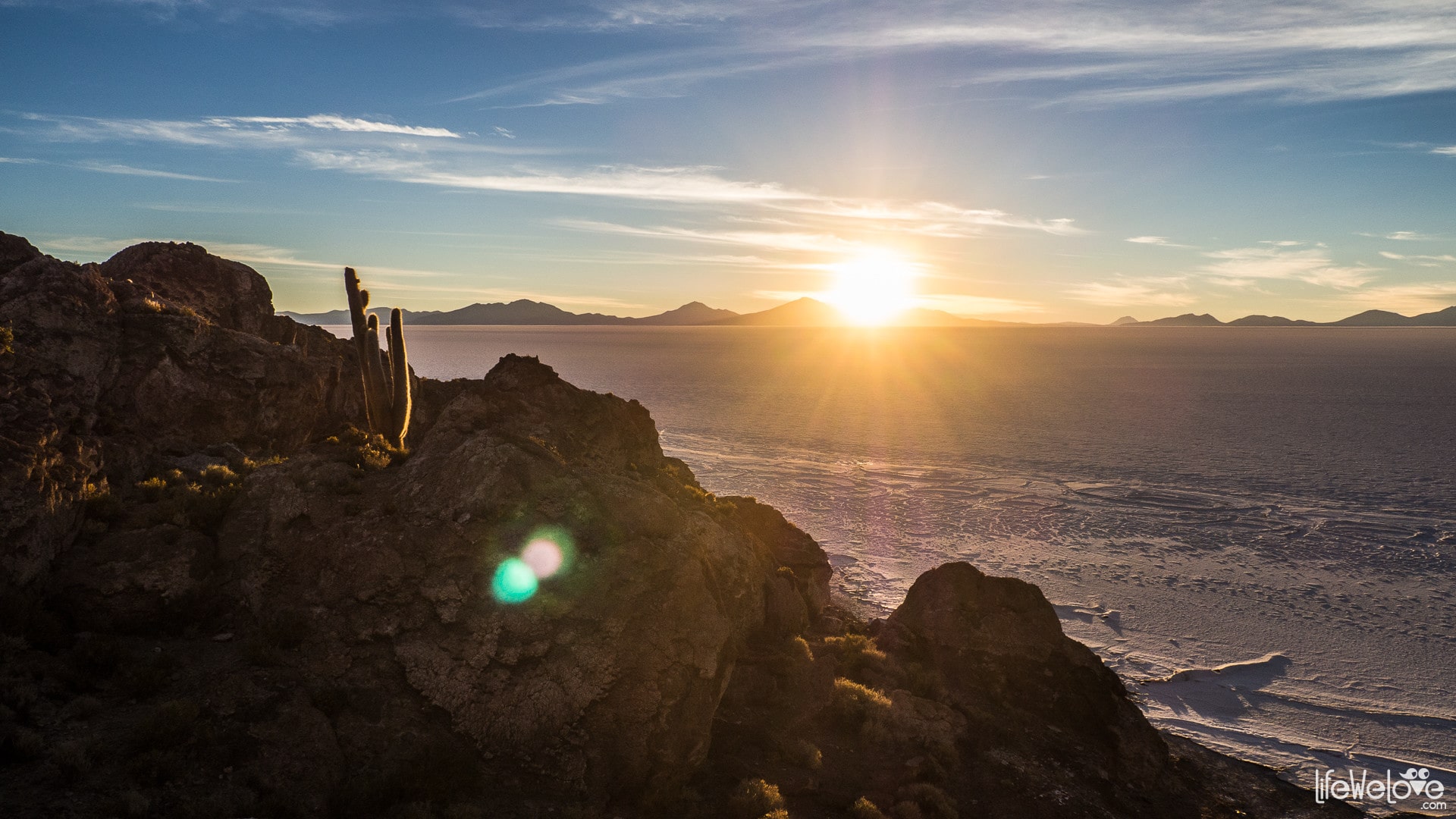
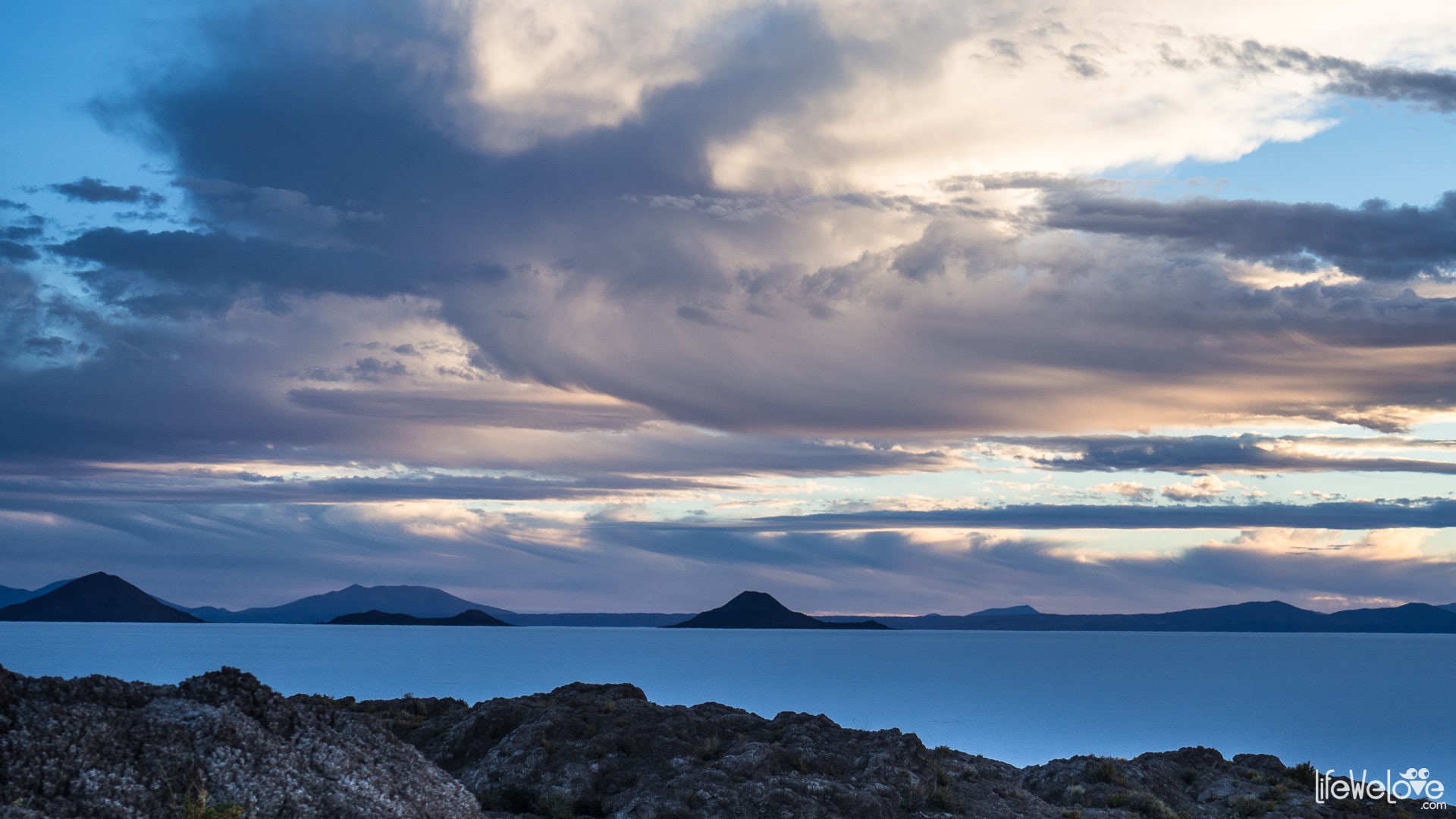
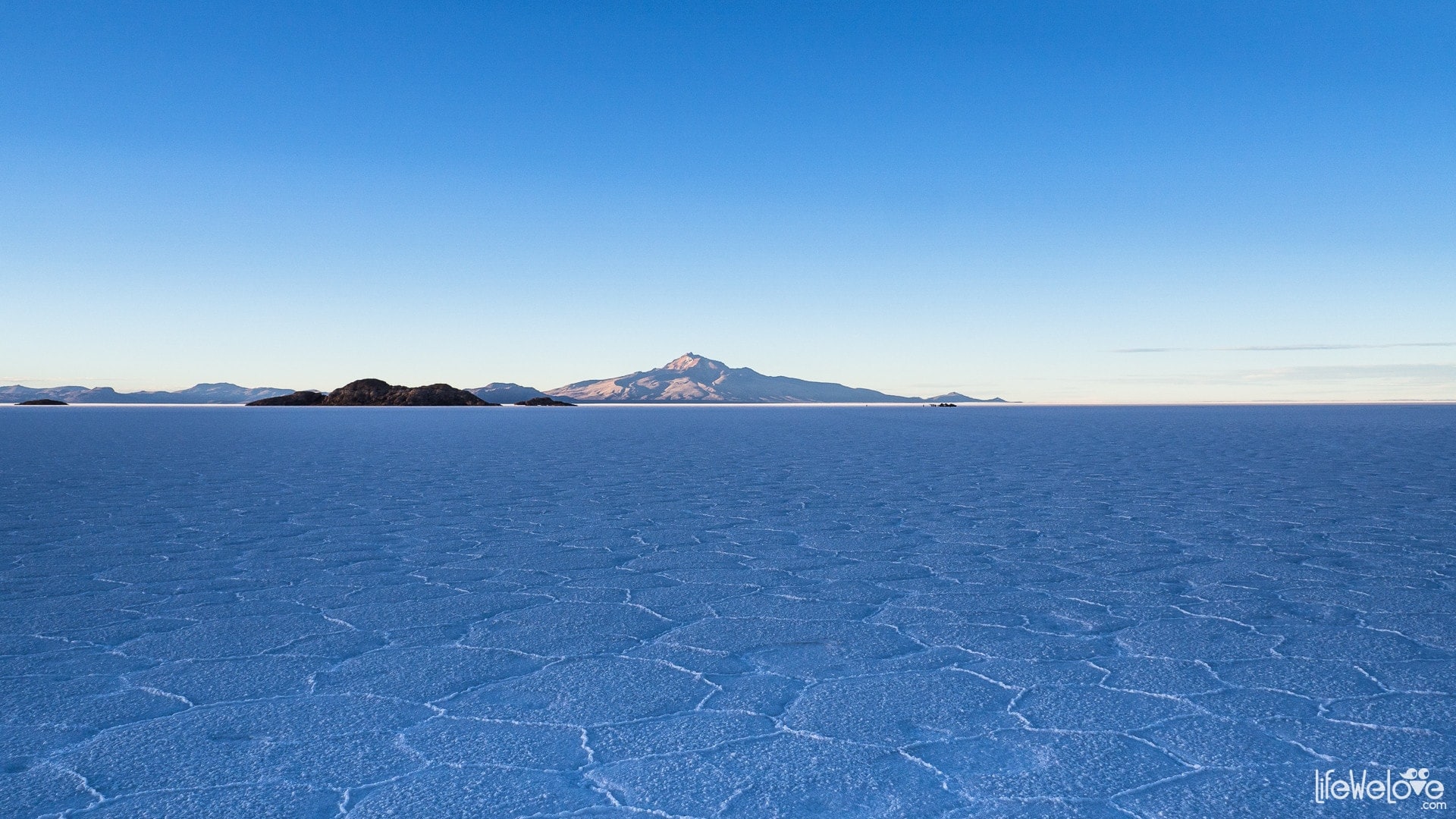
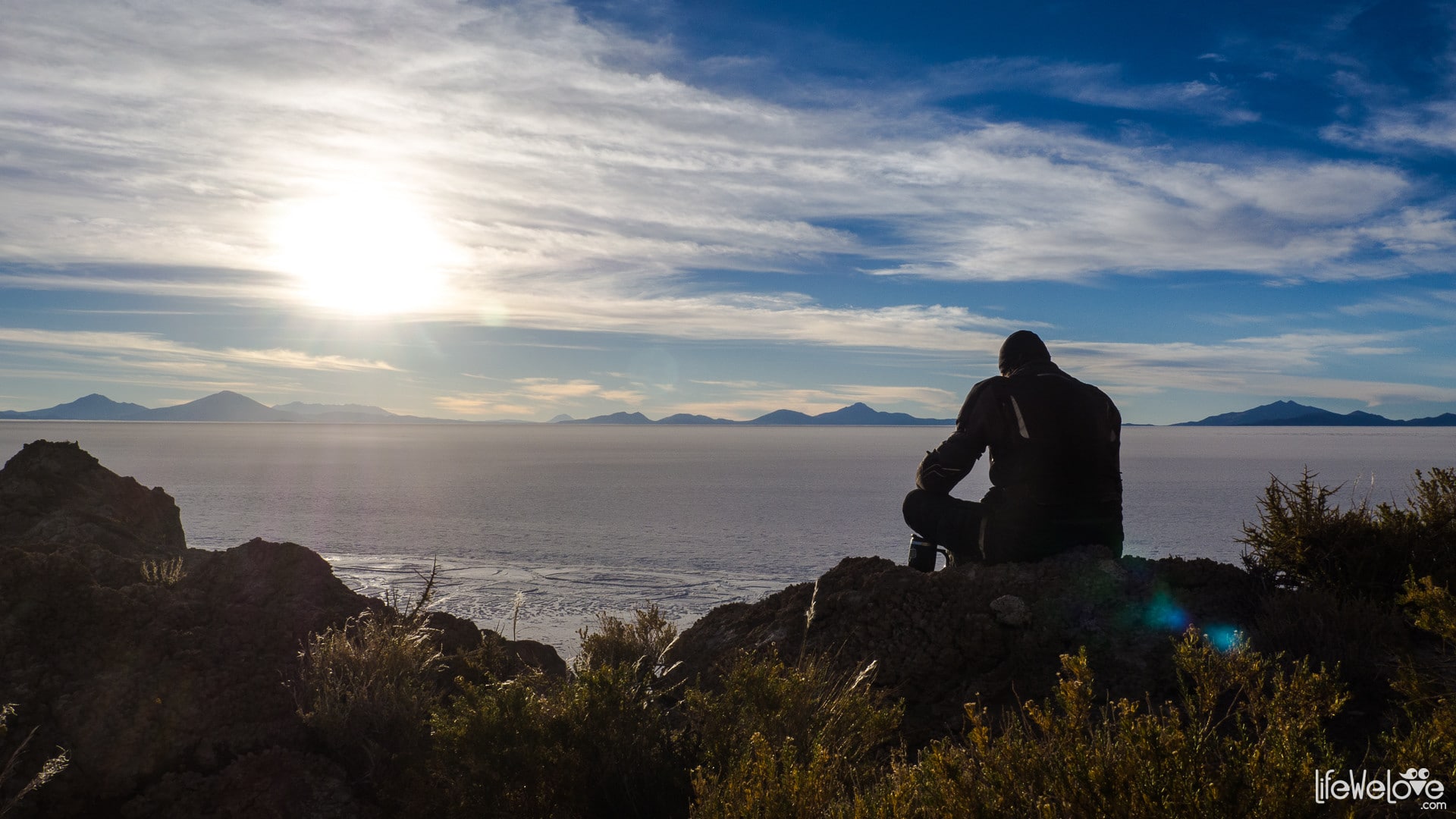
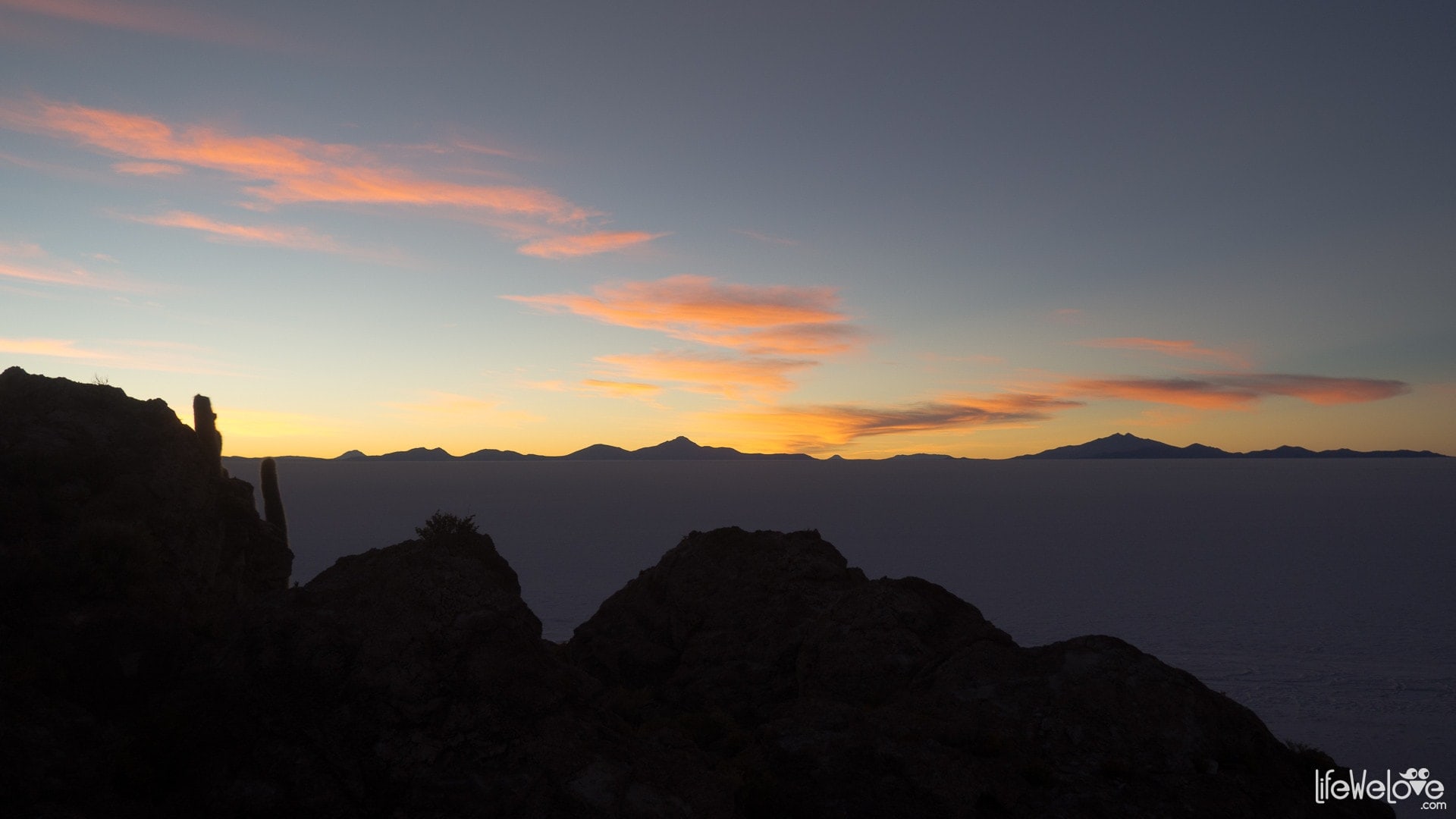
Isla Incahuasi - the tourist heart of the salt pan
Today Incahuasi Island is a response to the tourist demand of numerous organized groups coming to Salar de Uyuni, bringing guests from different parts of the world. At its foot, we are greeted by colorful flags. Among them, to our joy, we quickly locate a red-and-white canvas with the eagle. Not thinking much, we park the motorcycle right there. Now there’s a joyful exclamation in our heart: "Yes, we also have come here all the way from Poland!". And not just anyhow, because on the back of the Dakar, covering tens of thousands of kilometers, successfully breaking through the sands and salts of roads surrounding Laguna Colorada.
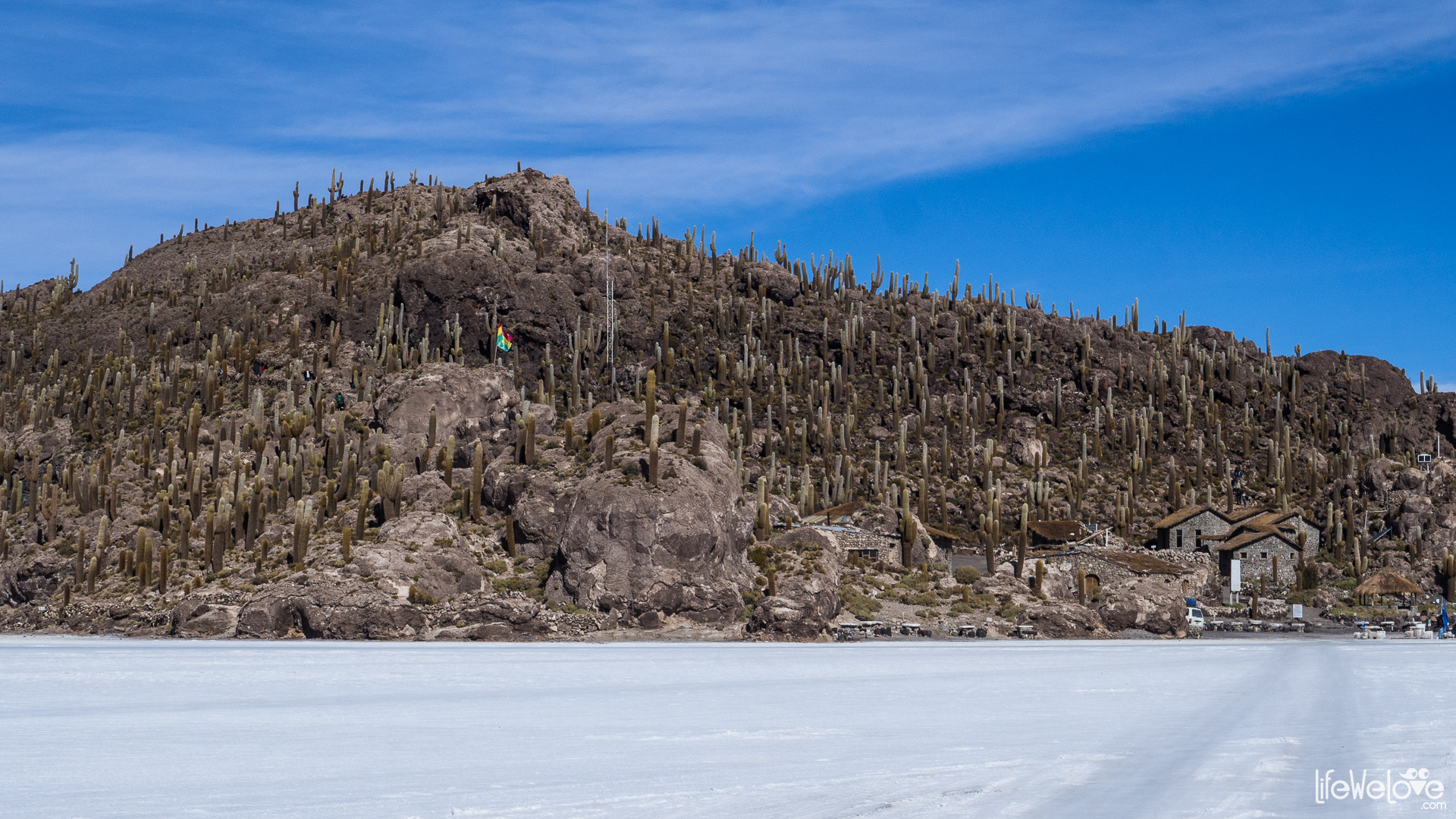
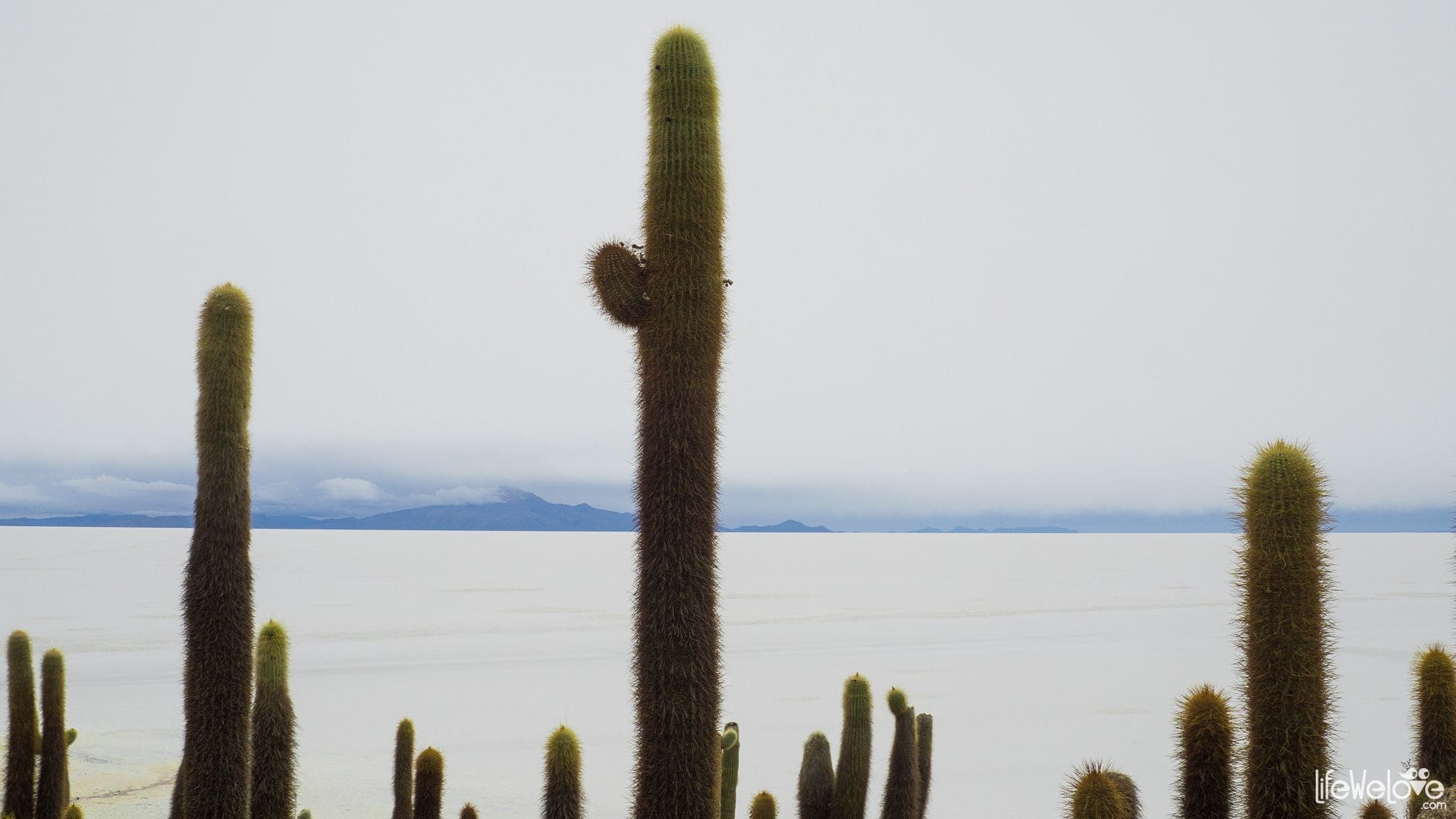
This is how I celebrate my birthday: on an unusual island, which is the remains of a prehistoric volcano. It is estimated that it was flooded about 40,000 years ago when the area became part of a huge lake. The remaining coral compositions on the island are also a reminder of this fact (see on the video posted at the beginning of this article). We are accompanied by a friendly trio of motorcyclists from New Zealand.
Isla Incahuasi in the native Quechua language means "Home for the Inca". In the past, before off-road vehicles were invented, it was a temporary shelter for those traversing the salt flats. Today, you'll find there a restaurant serving coffee and llama steaks, a ticket office where you can buy a walk around the island for about 15 bolivars, and accommodations, including a room where tourists can spread mattresses on the floor. A small museum exhibition reminds us that the ritual of llama sacrifice has accompanied indigenous people for millennia. Even today, at the so-called Witches' Market in La Paz, we meet dead lam fetuses on offer. They are meant to be buried under the foundations of new houses for luck. We wonder how long it will take on the globe for the ritual slaughter of animals to become a thing of the past. Not forgetting about modern factories for the mass rearing of animals for meat, where blood is spilled by no means bowing to the gifts of Mother Earth, the Bolivian Pachamama. Since returning from our expedition across the Americas, we have introduced radical reductions in meat consumption in our menu. For our own health and that of a planet tired of rampant consumption.
Salar de Uyun - other interesting facts
- It is one of the flattest areas in the world. The difference in elevation is only 41 cm.
- It is estimated to hold over 10 billion tonnes of salt and 70% of the world's lithium reserves.
- Light reflects well off the surface of the salt pan, which is why the Salar de Uyuni area is used to calibrate altimeters of satellites orbiting the Earth.
Info about Salar de Uyuni
| Area | 10 582 km² |
| Entrance to the salt pan | Many places, see map above |
| Surface | Salt, water |
| Availability | Salt pan is passable in the dry season (Bolivian winter): from May to October, other months the area is covered by a shallow lake |
| Threats | Rough, boggy surface, high altitude (3,653 m), low night-time temperatures (approx. -5 June/July), no fuel point |
| Traffic | Small, in places an off-road vehicle route |
| Attractions along the way | A train cemetery 3 km outside the town of Uyuni, two volcanic maars in the northern part, the town of Colchani, where you can see manual processing of salt and visit an art shop, the Tunupa volcano and a cave with mummies on its slope, the surrounding villages, hotels built from salt, islands covered with cacti, Incahuasi Island, llamas, flamingos, the Dakar Rally monument |
| Max. altitude | 3 653 m n.p.m. |
| Accommodation in Salar de Uyuni
For those who prefer a roof over their heads, the Salar de Uyuni surroundings invite you to unconventional hotels, built from salt. |
| Motorbike service
There are towns around the salt flats where you can get a car wash service. It is advisable to prepare your motorbike for entry to the Salar de Uyuni and to clean it thoroughly of salt when you leave. |
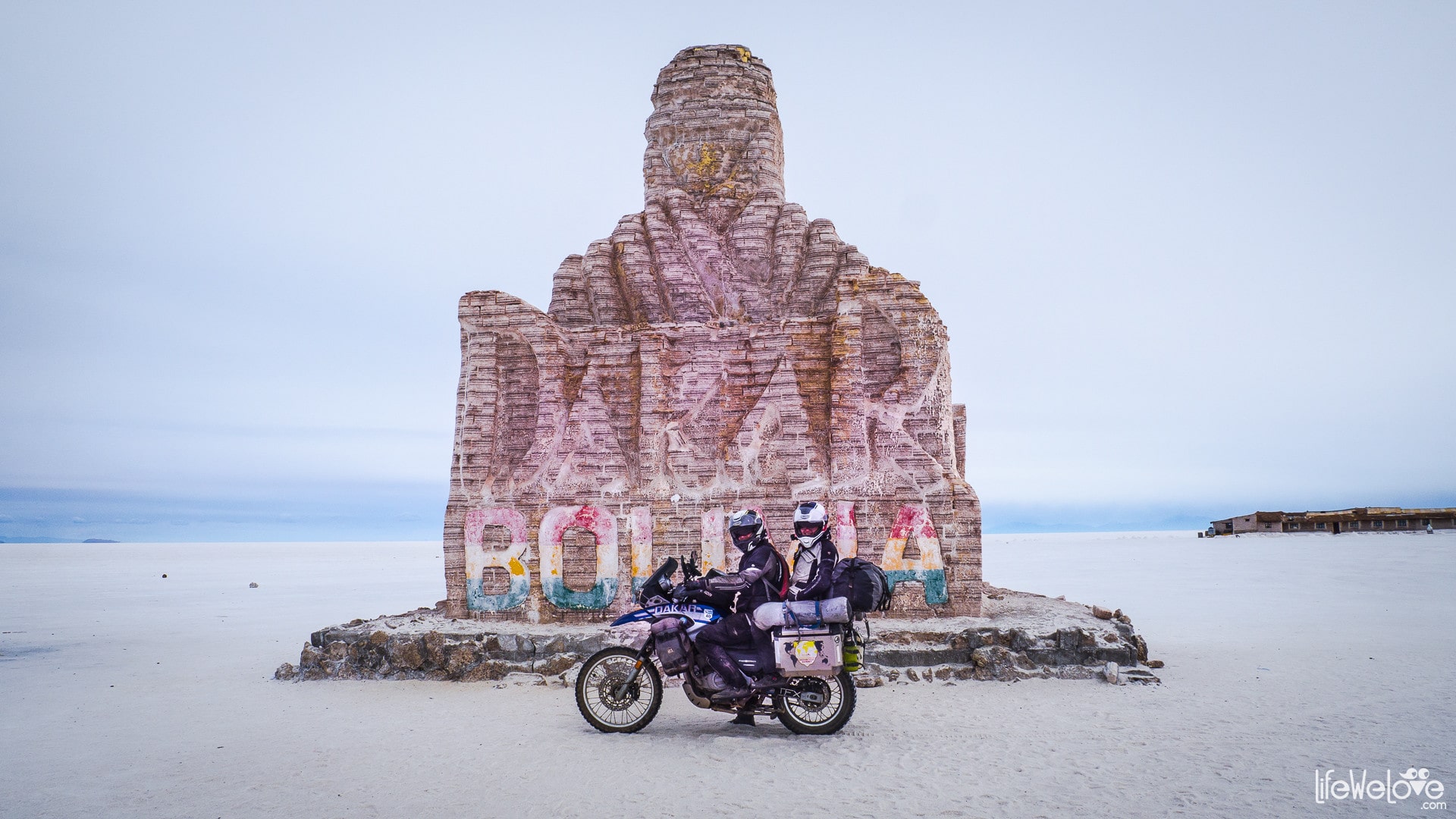

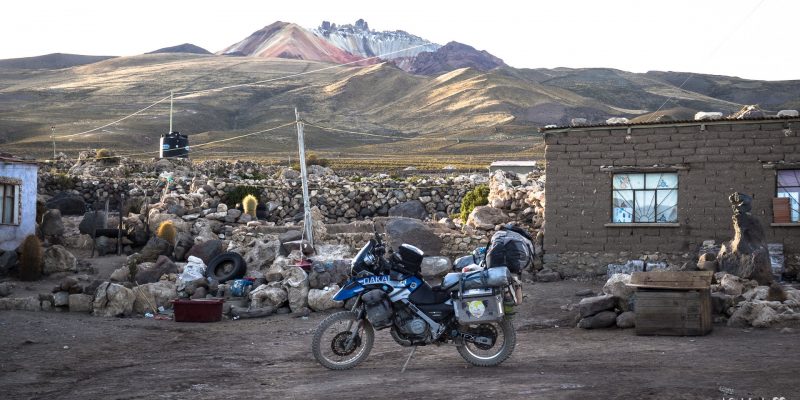
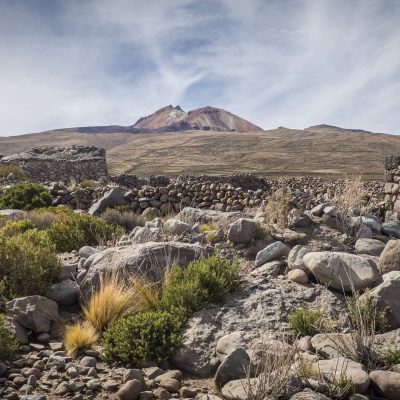
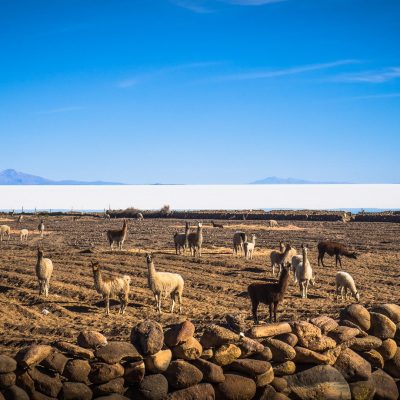
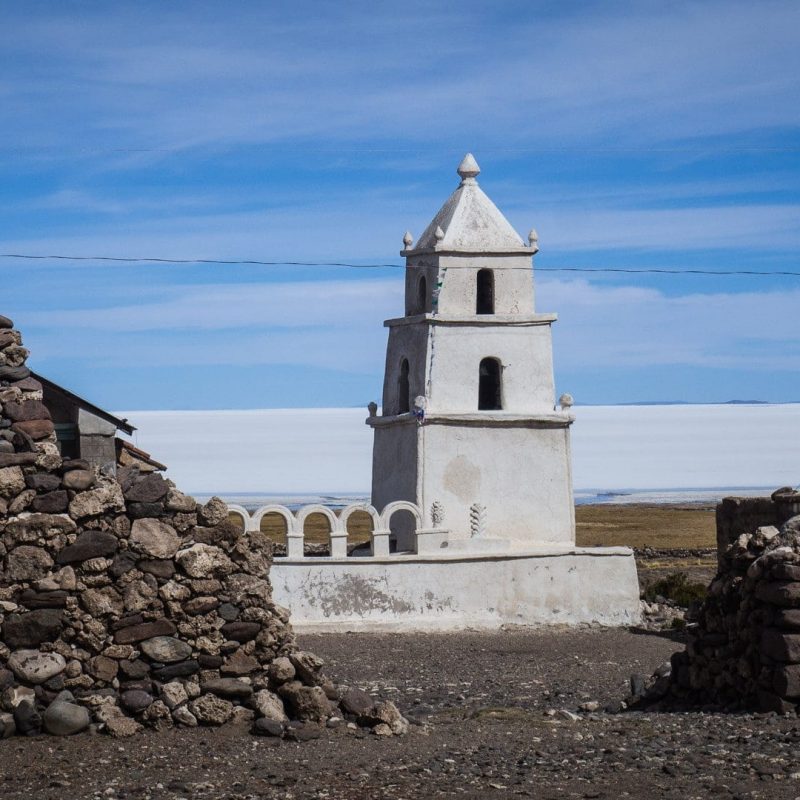
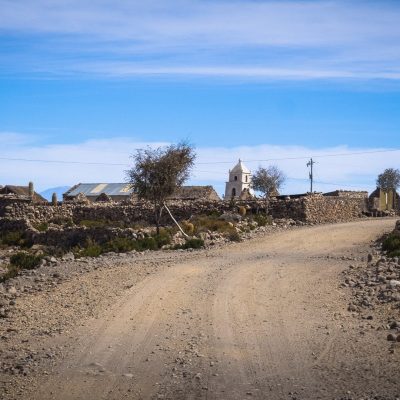
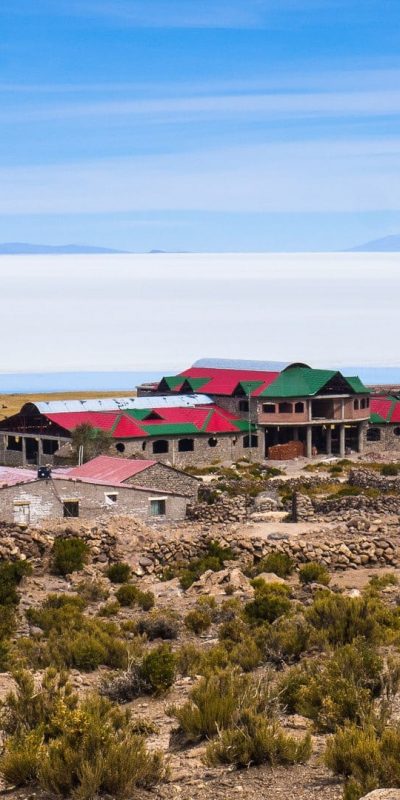
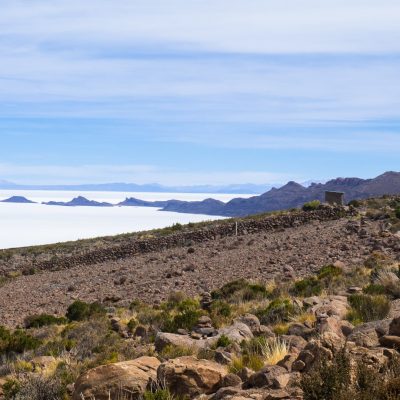
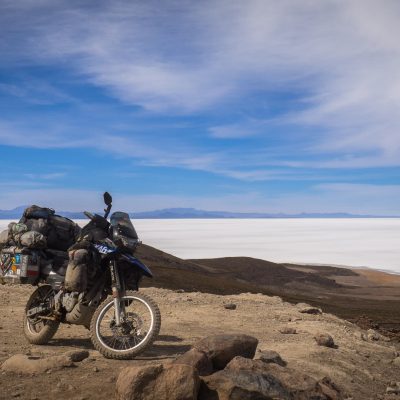
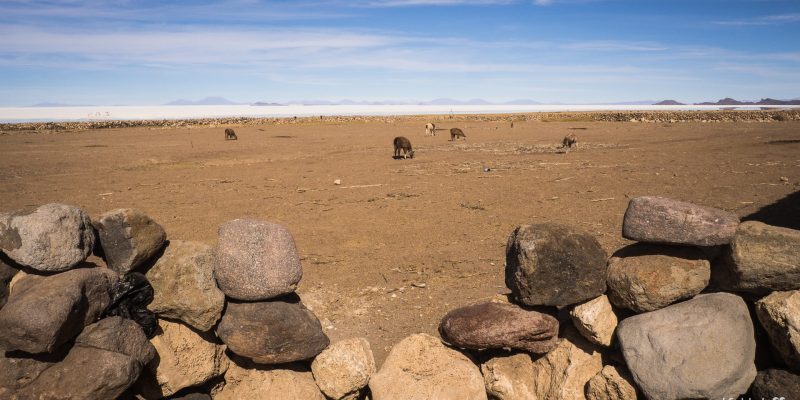
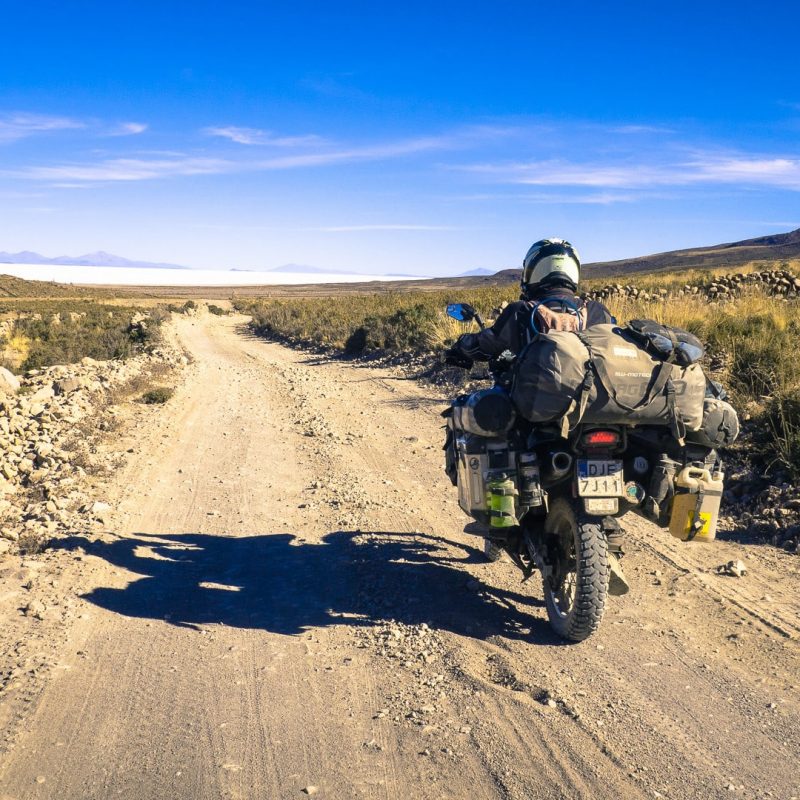
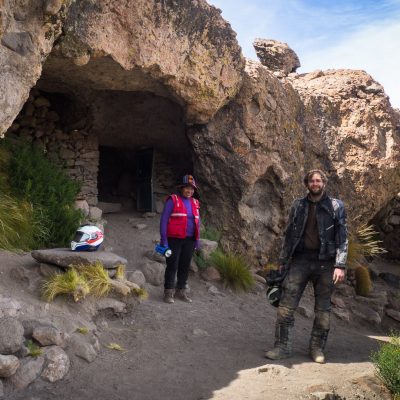
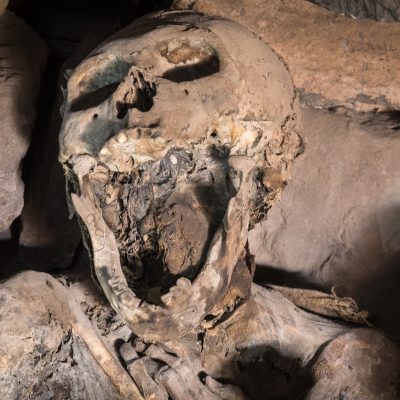

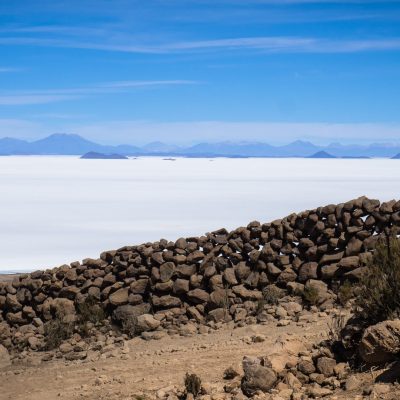
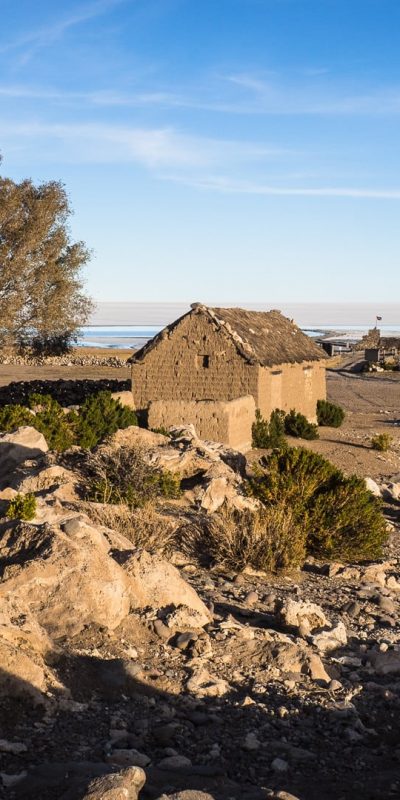
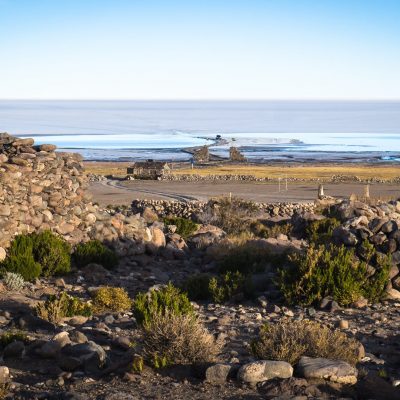
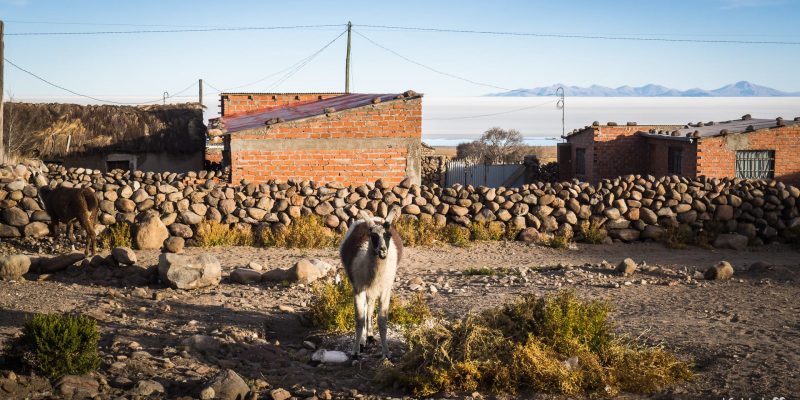
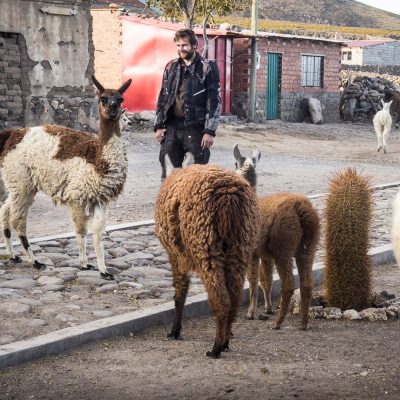
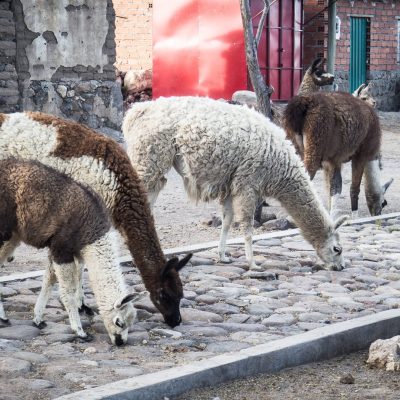
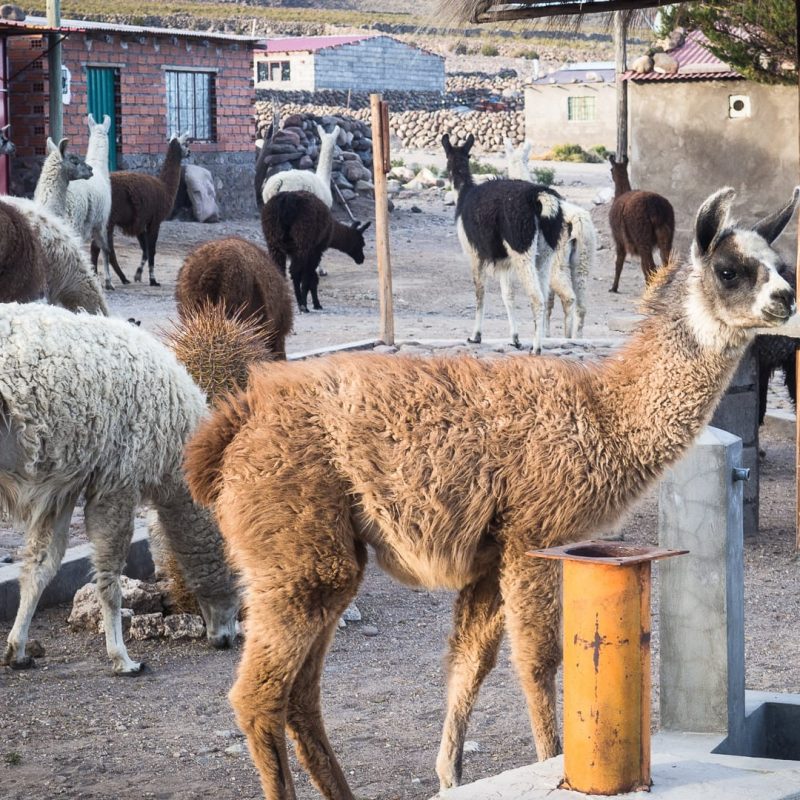
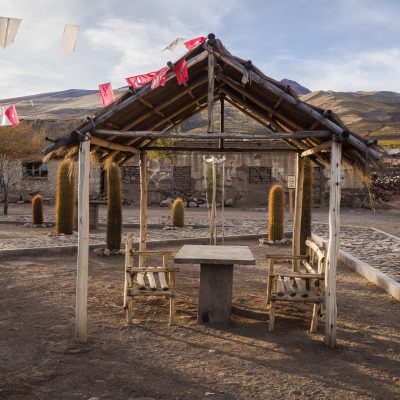
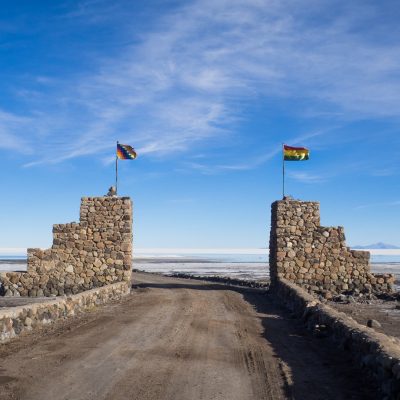
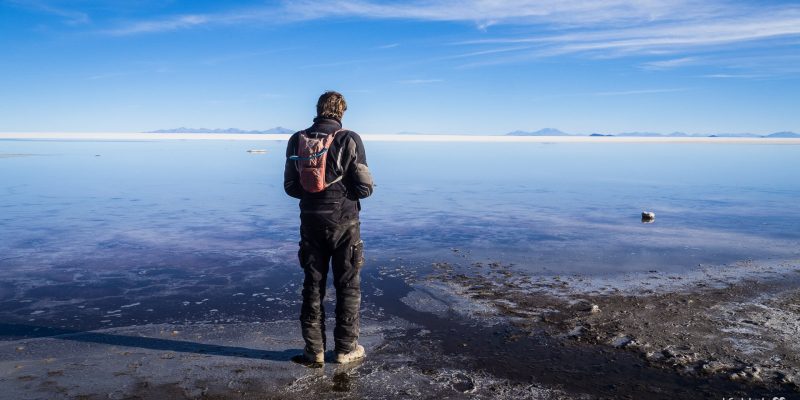
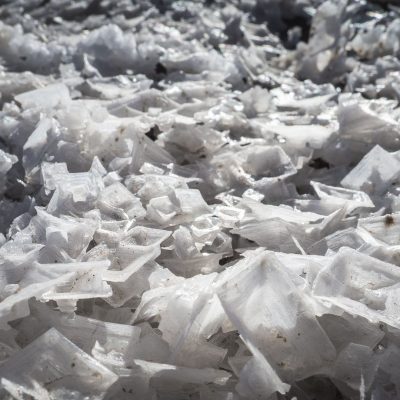
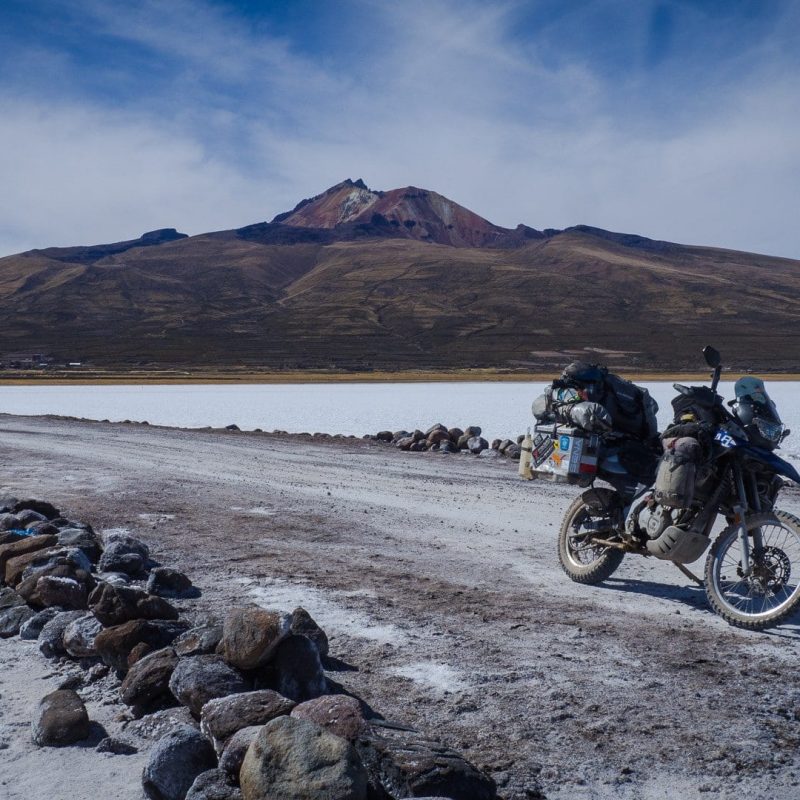
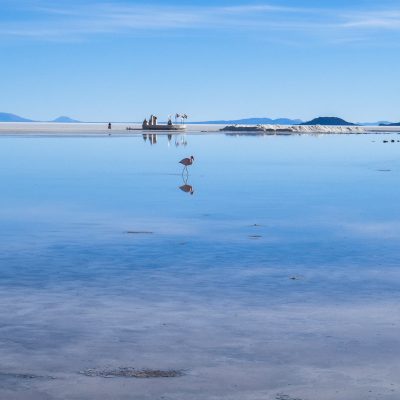
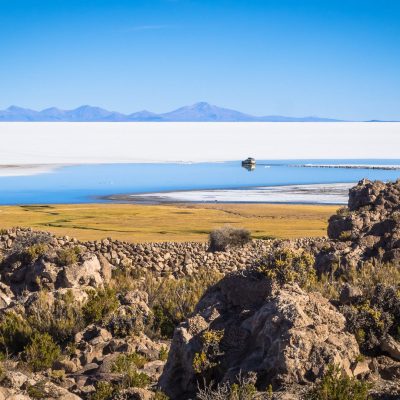
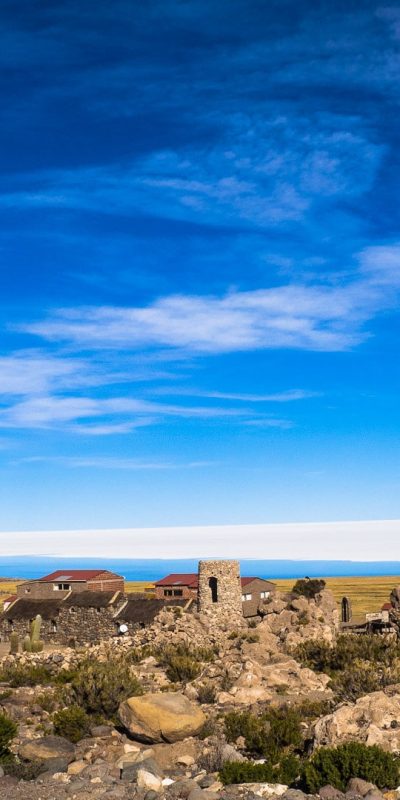
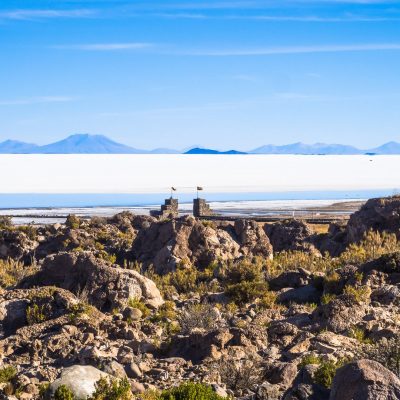
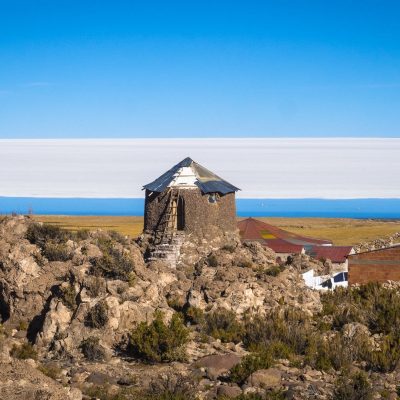
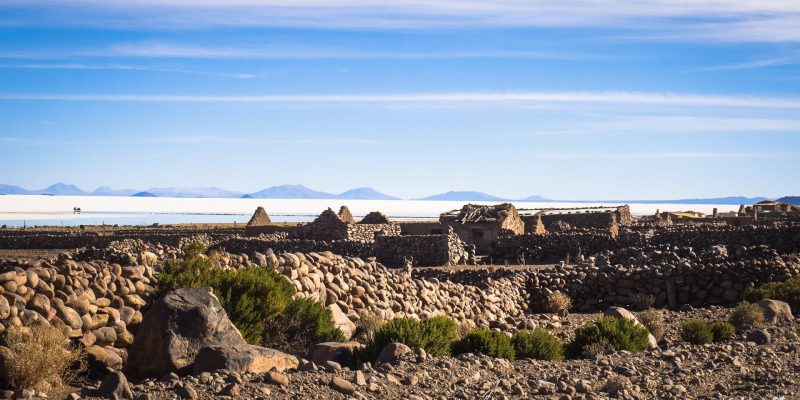
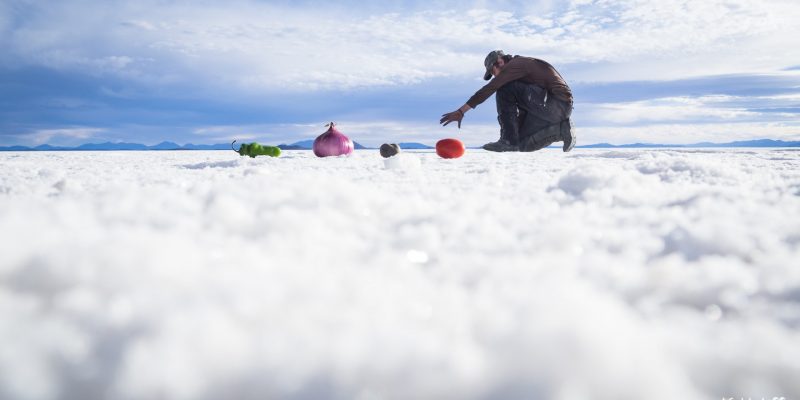
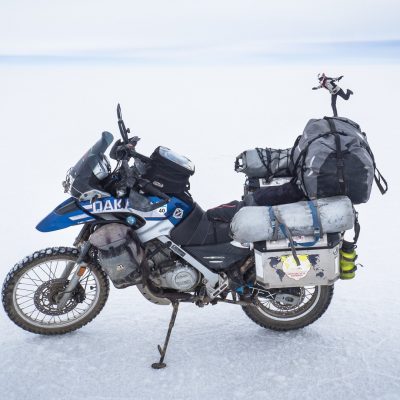
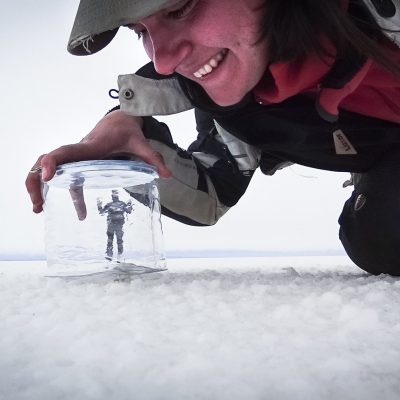
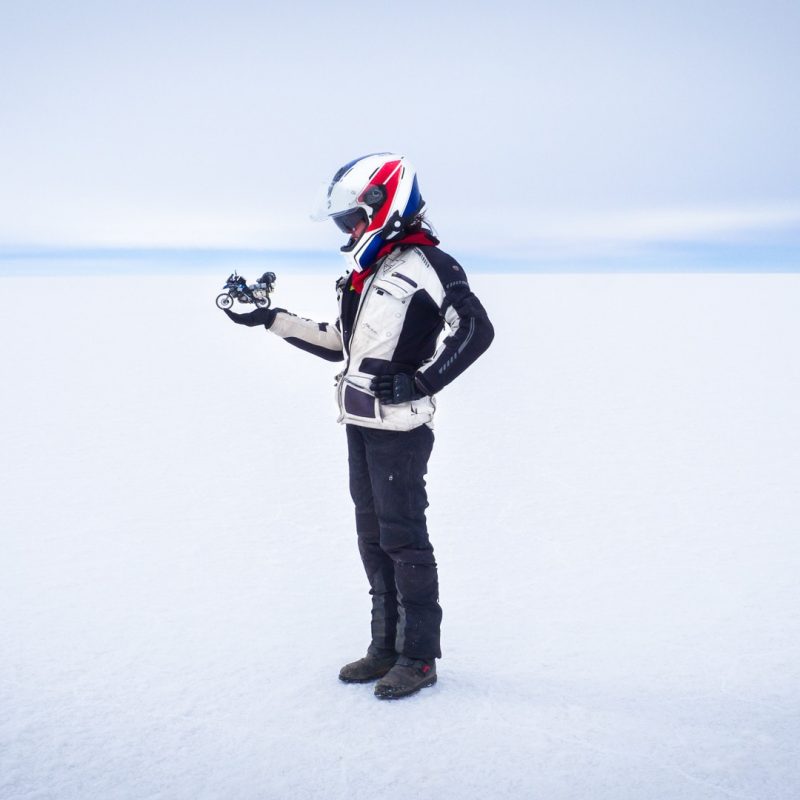
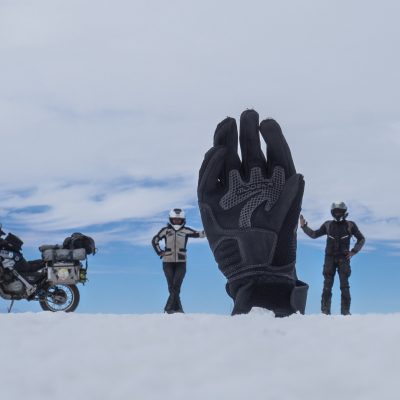
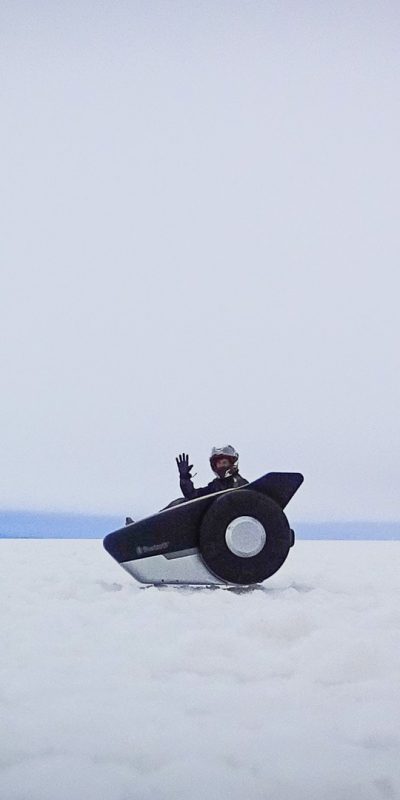

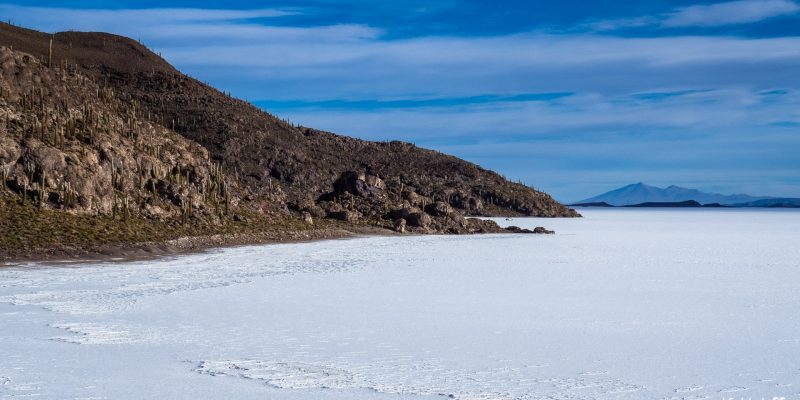


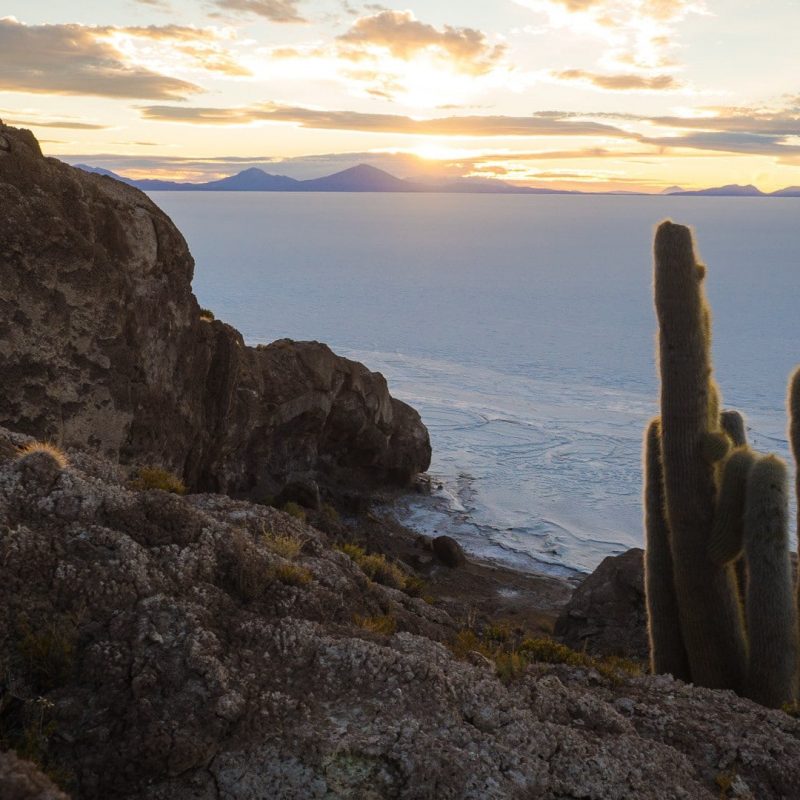
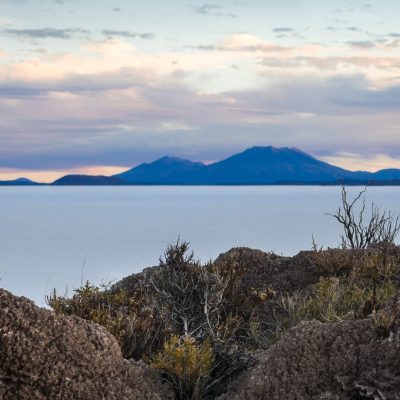
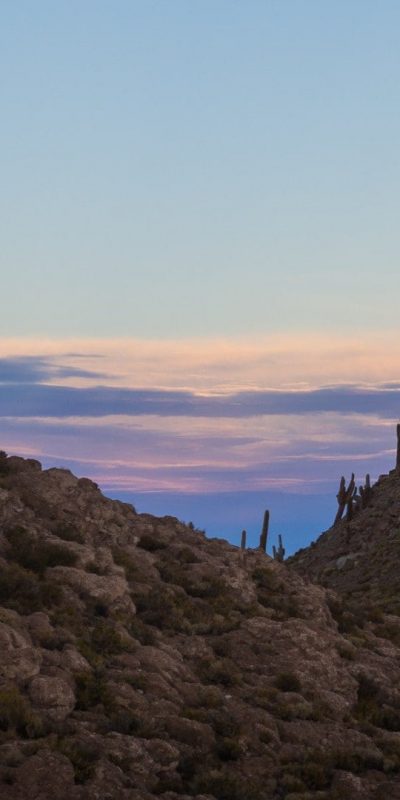
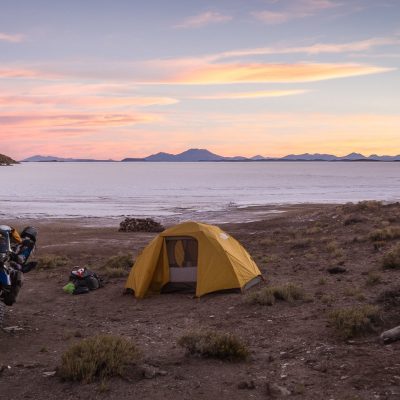
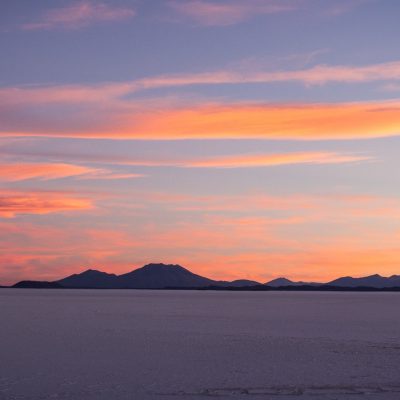
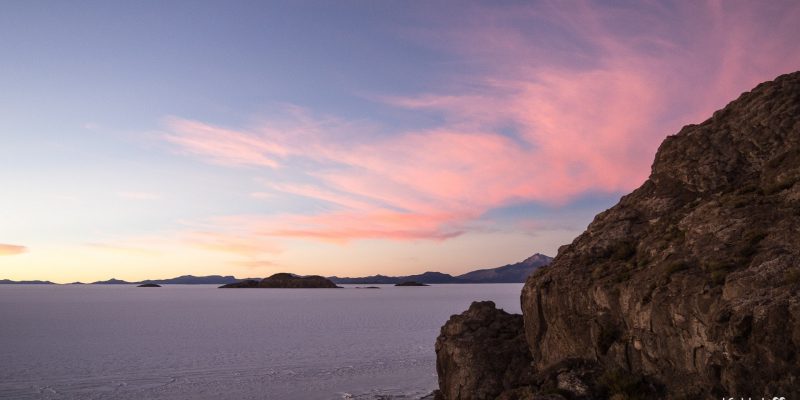
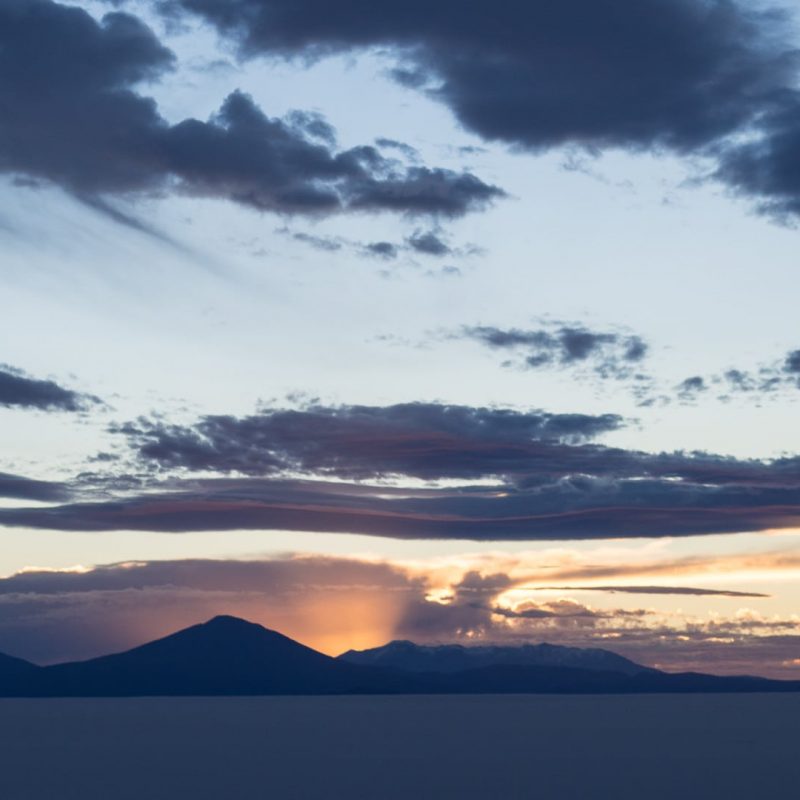
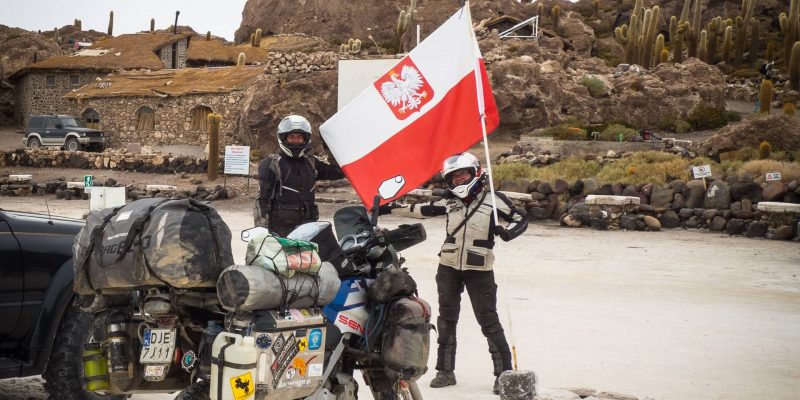
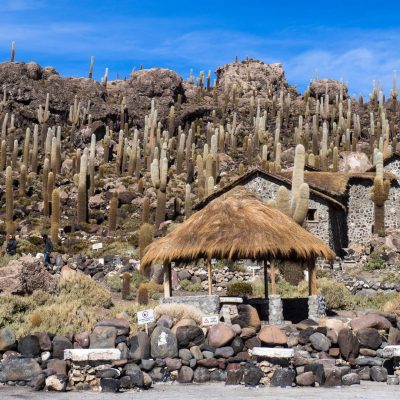
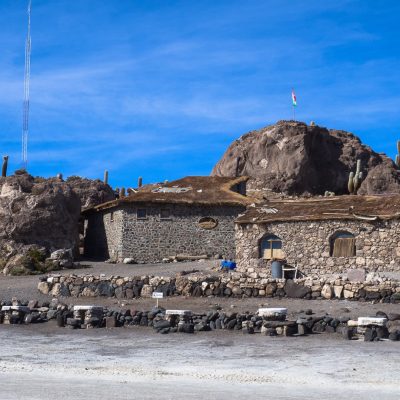
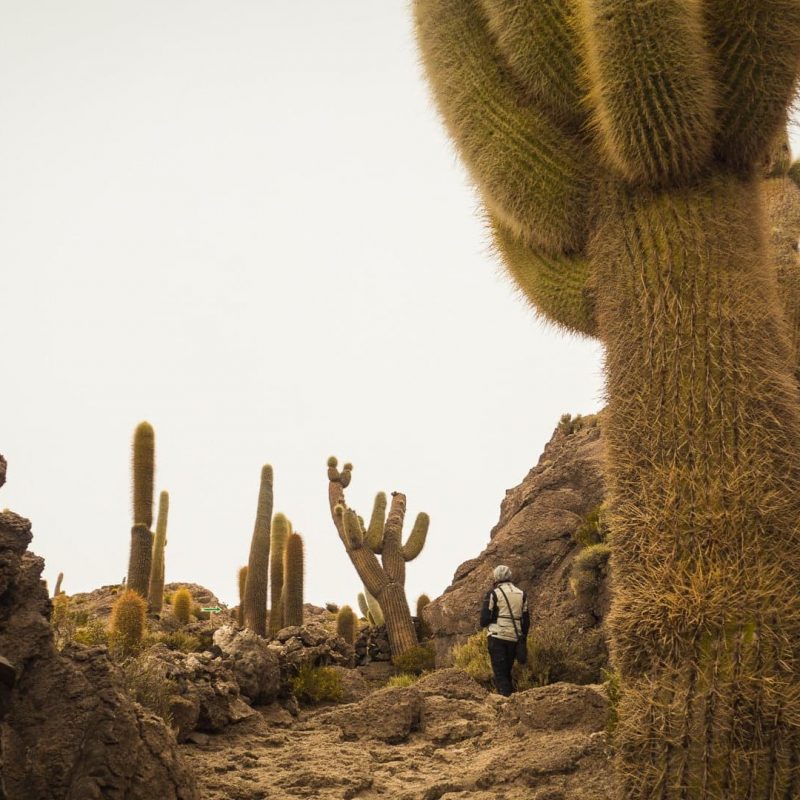
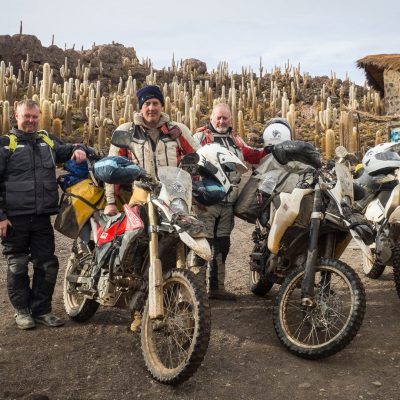
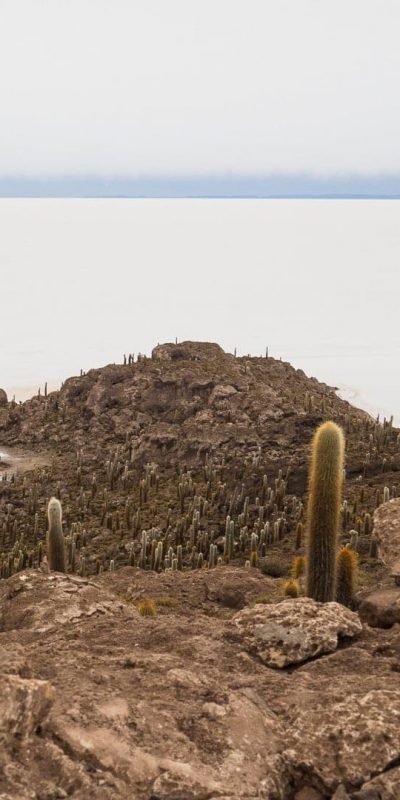
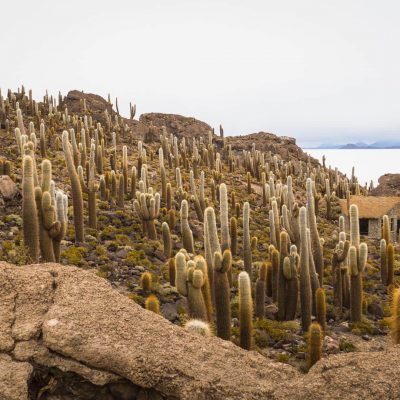
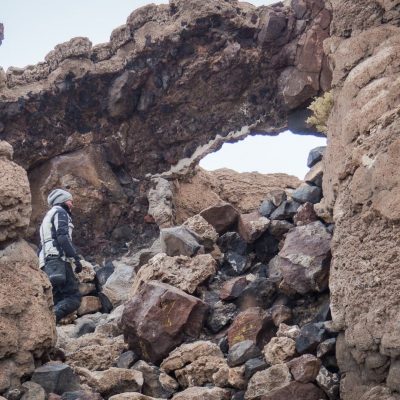

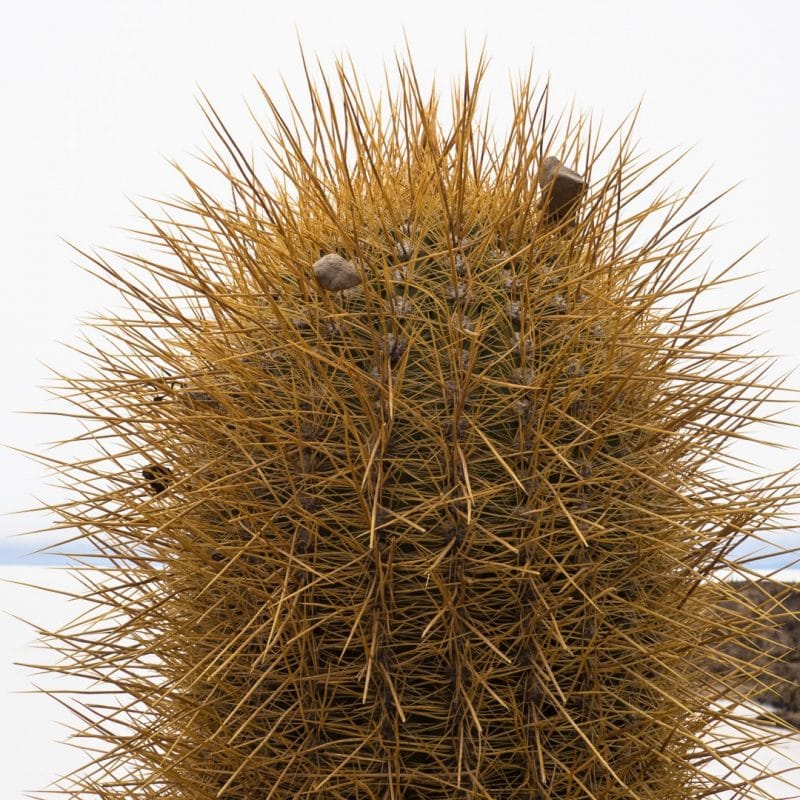
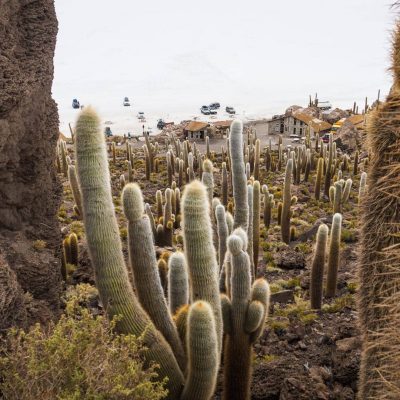
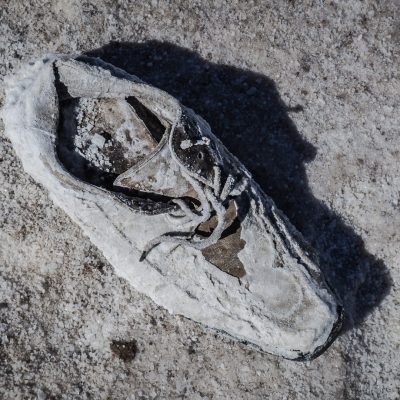
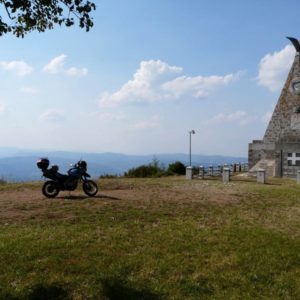
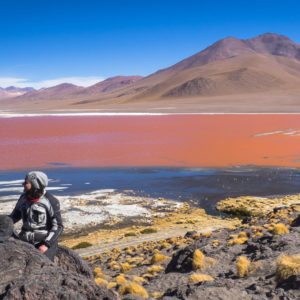
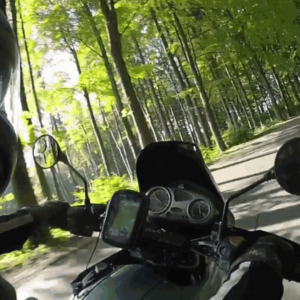
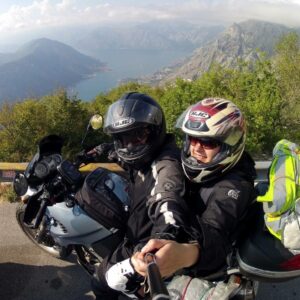

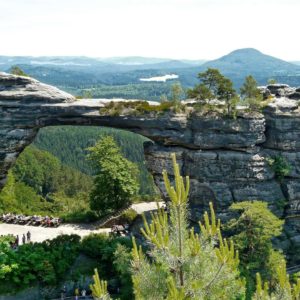
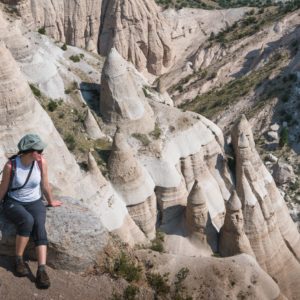
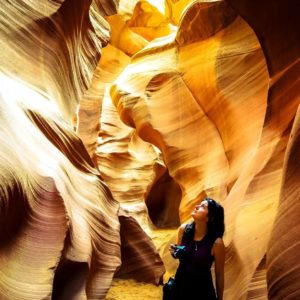

Leave a Reply